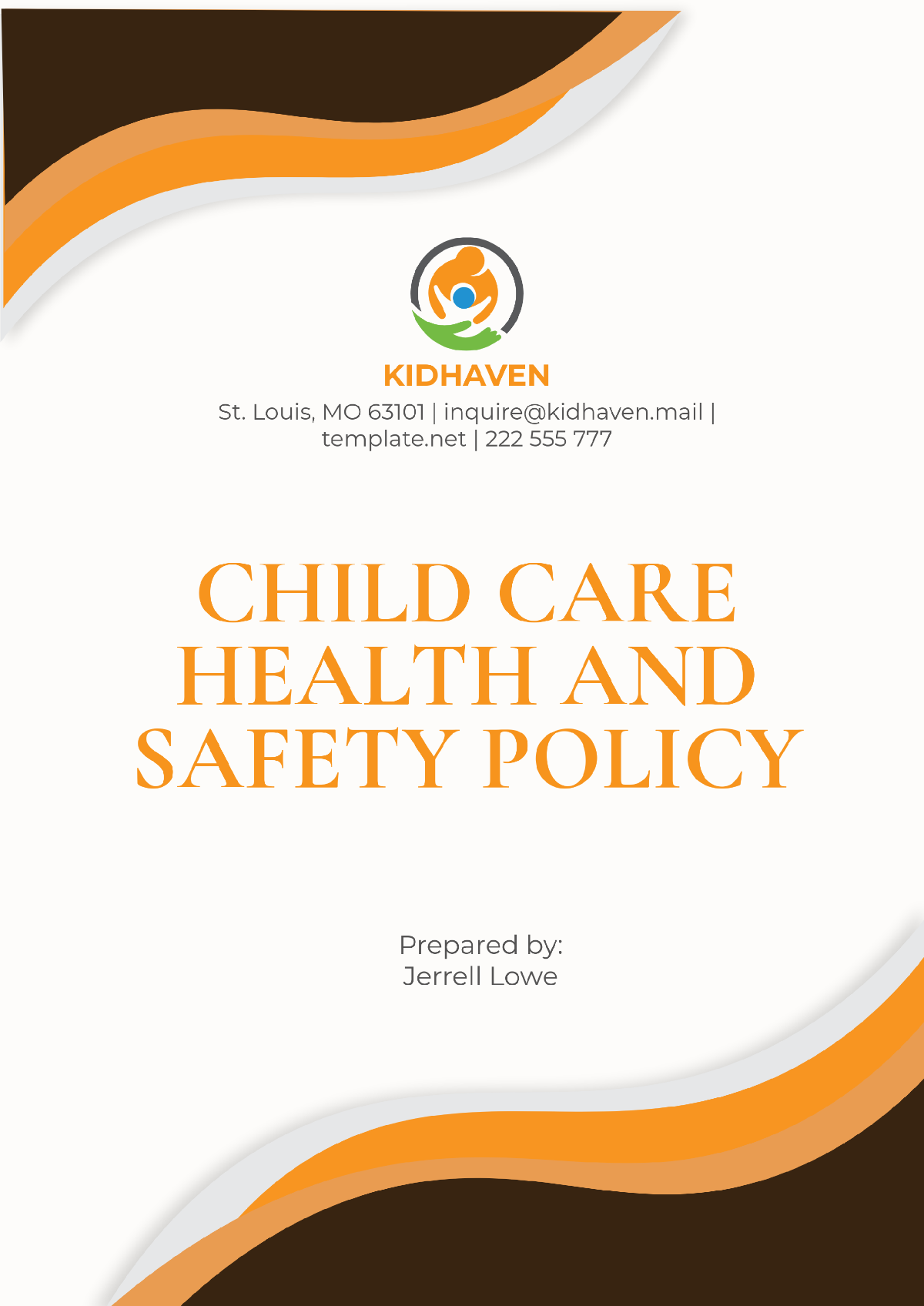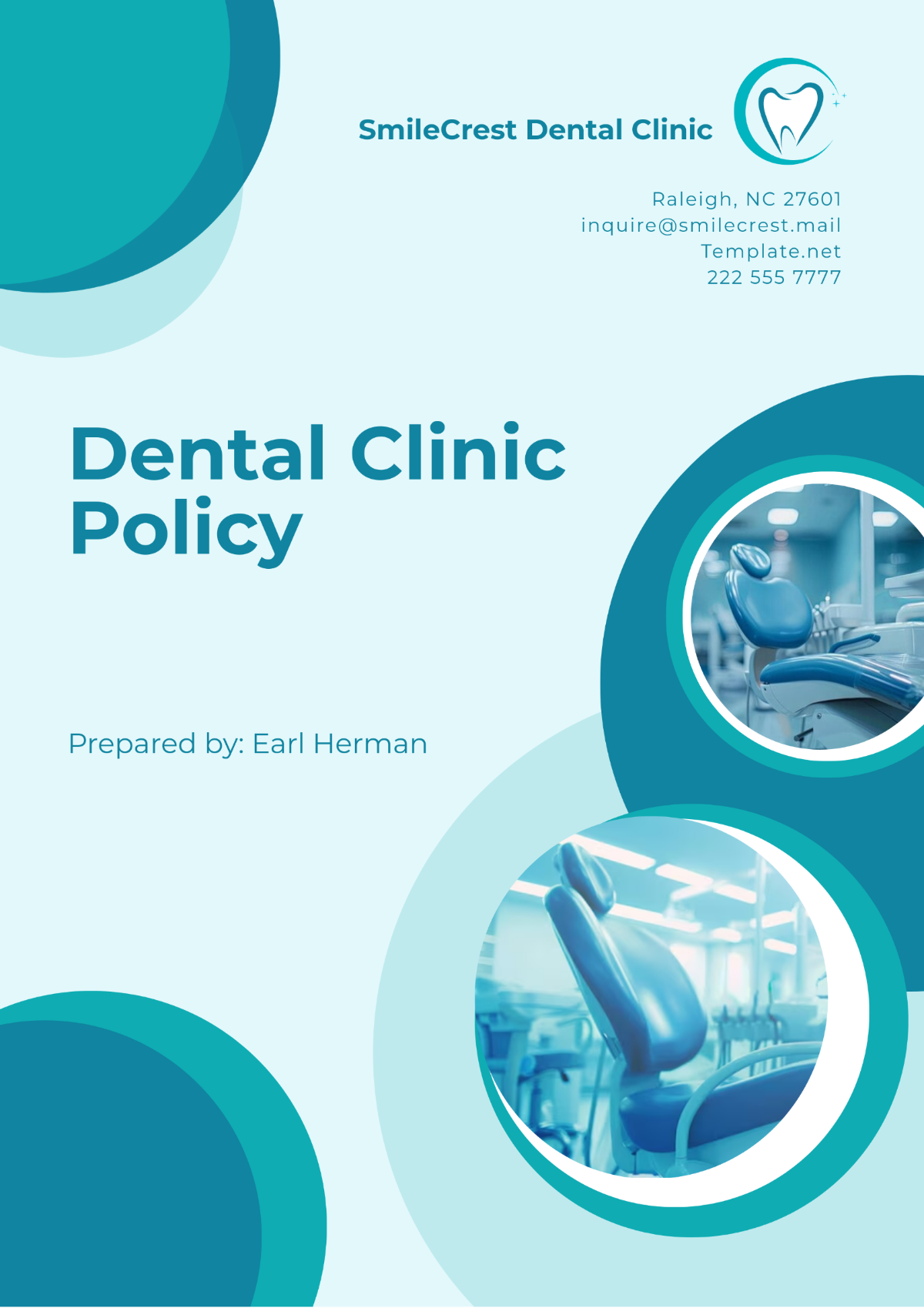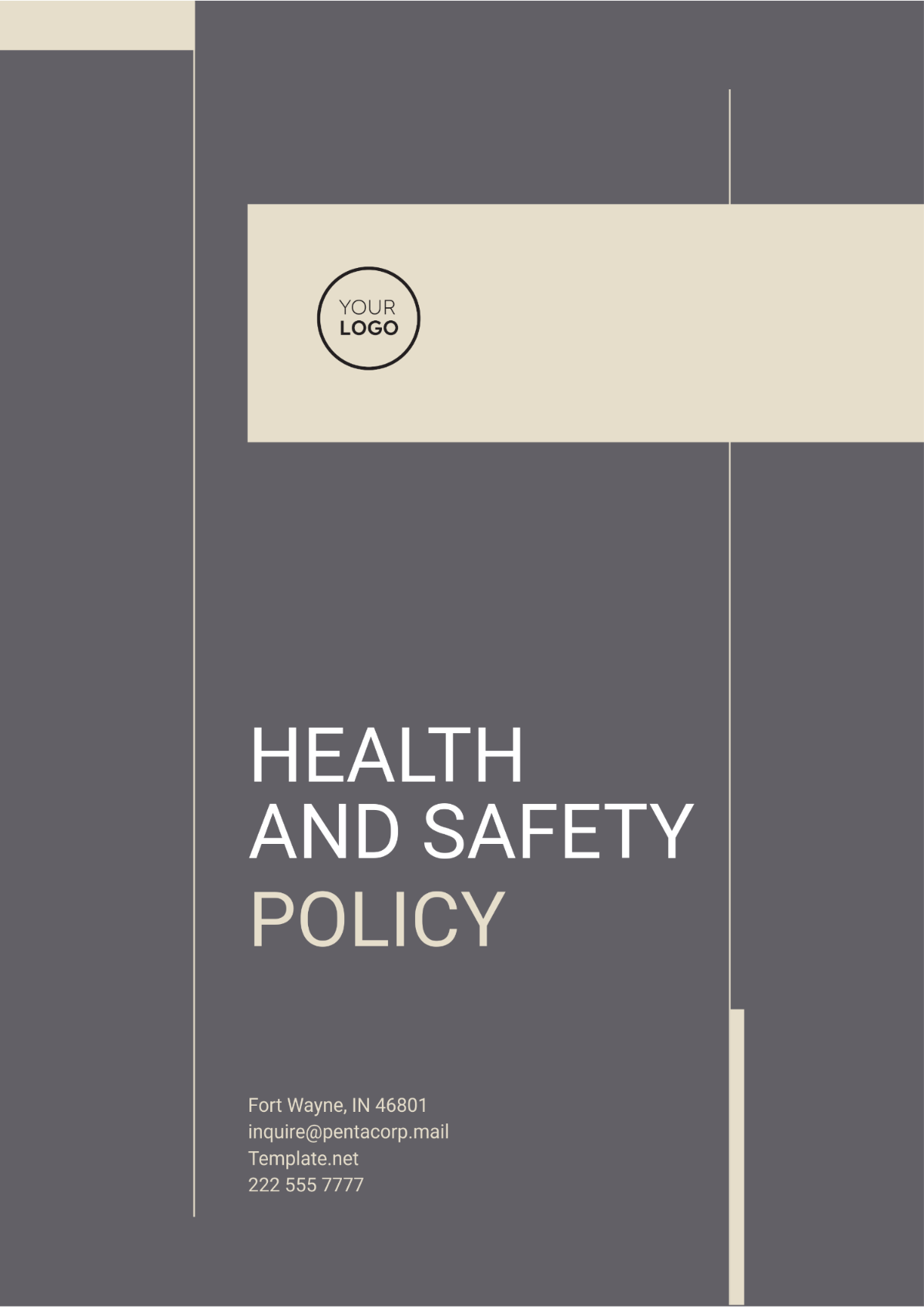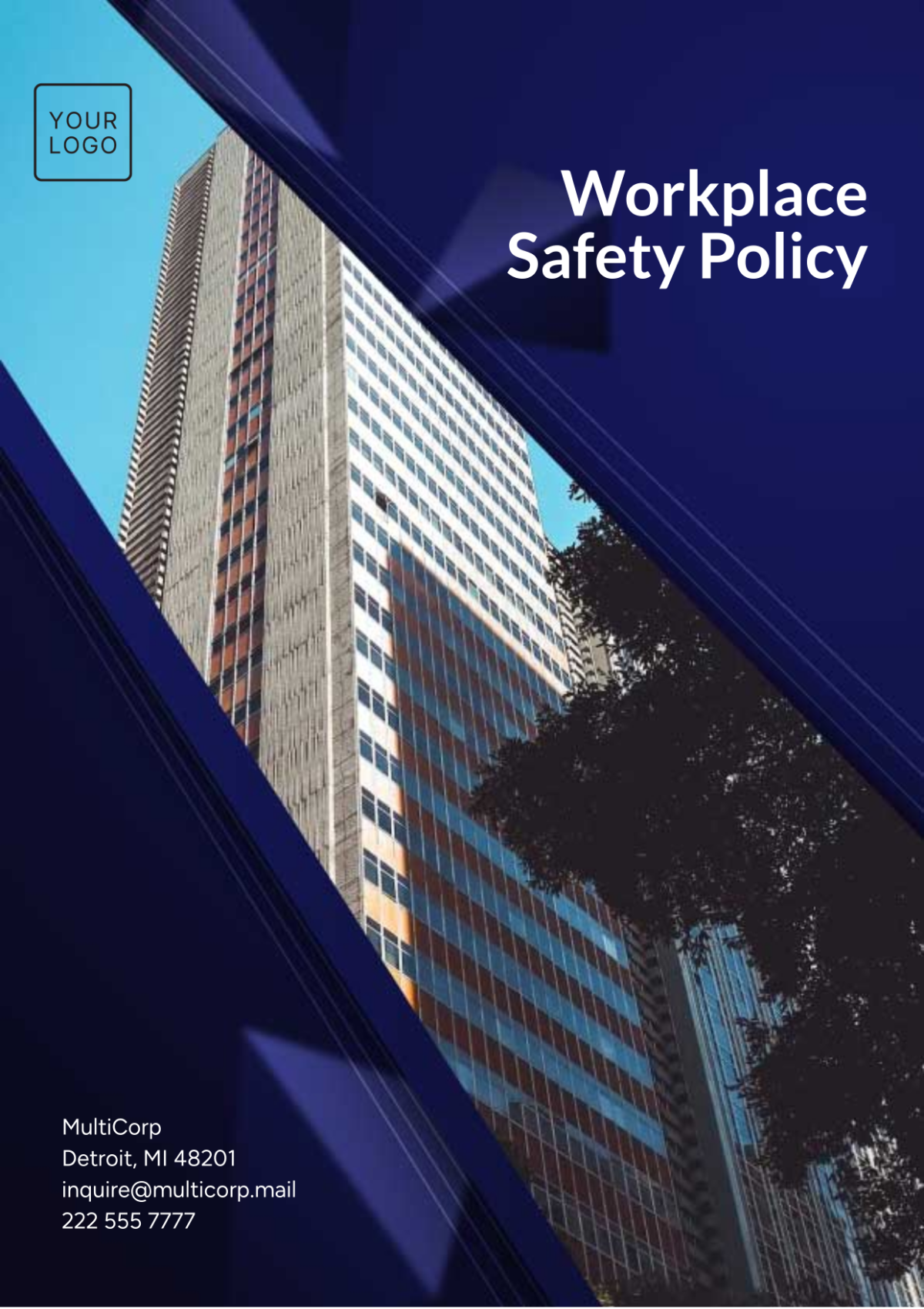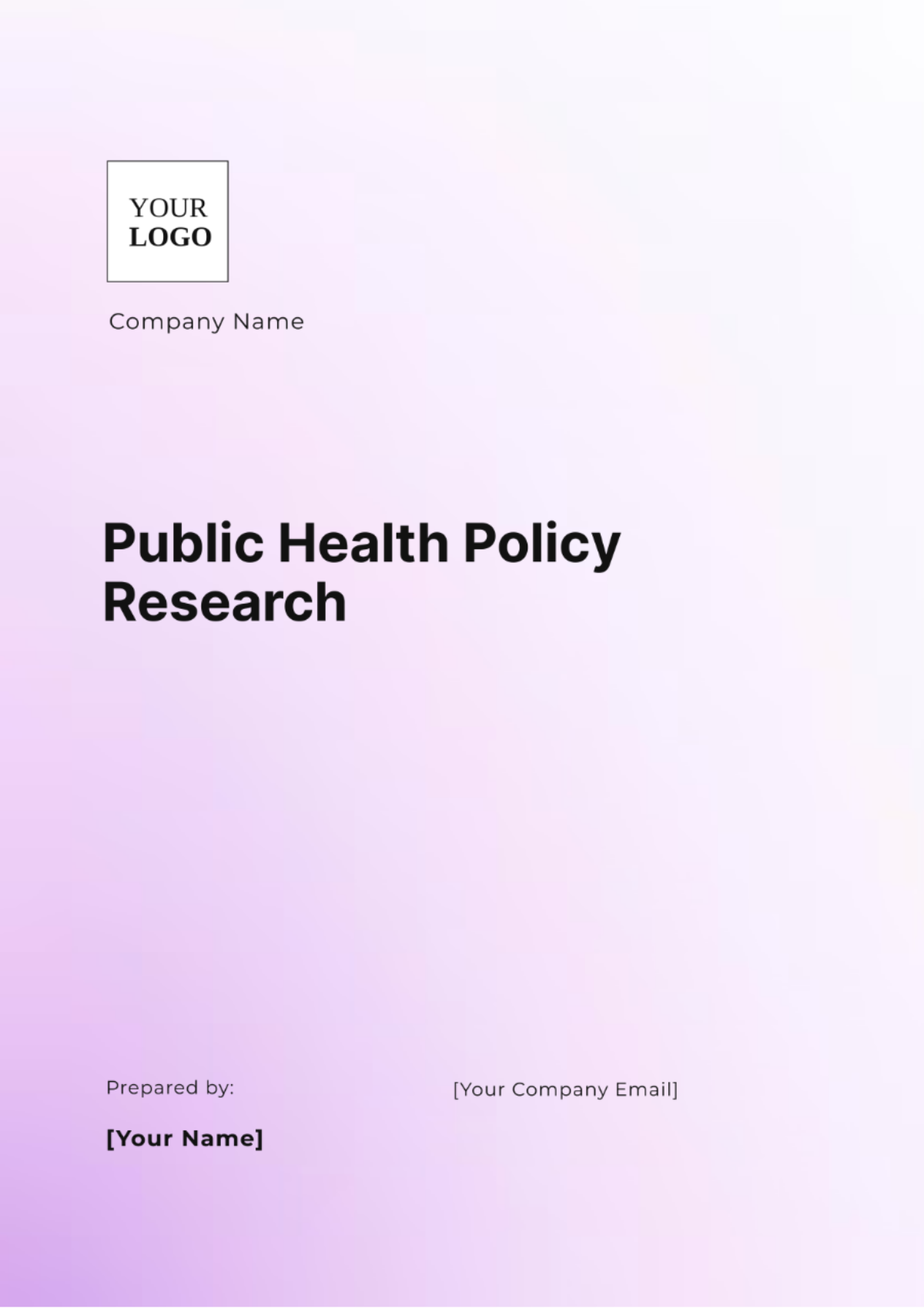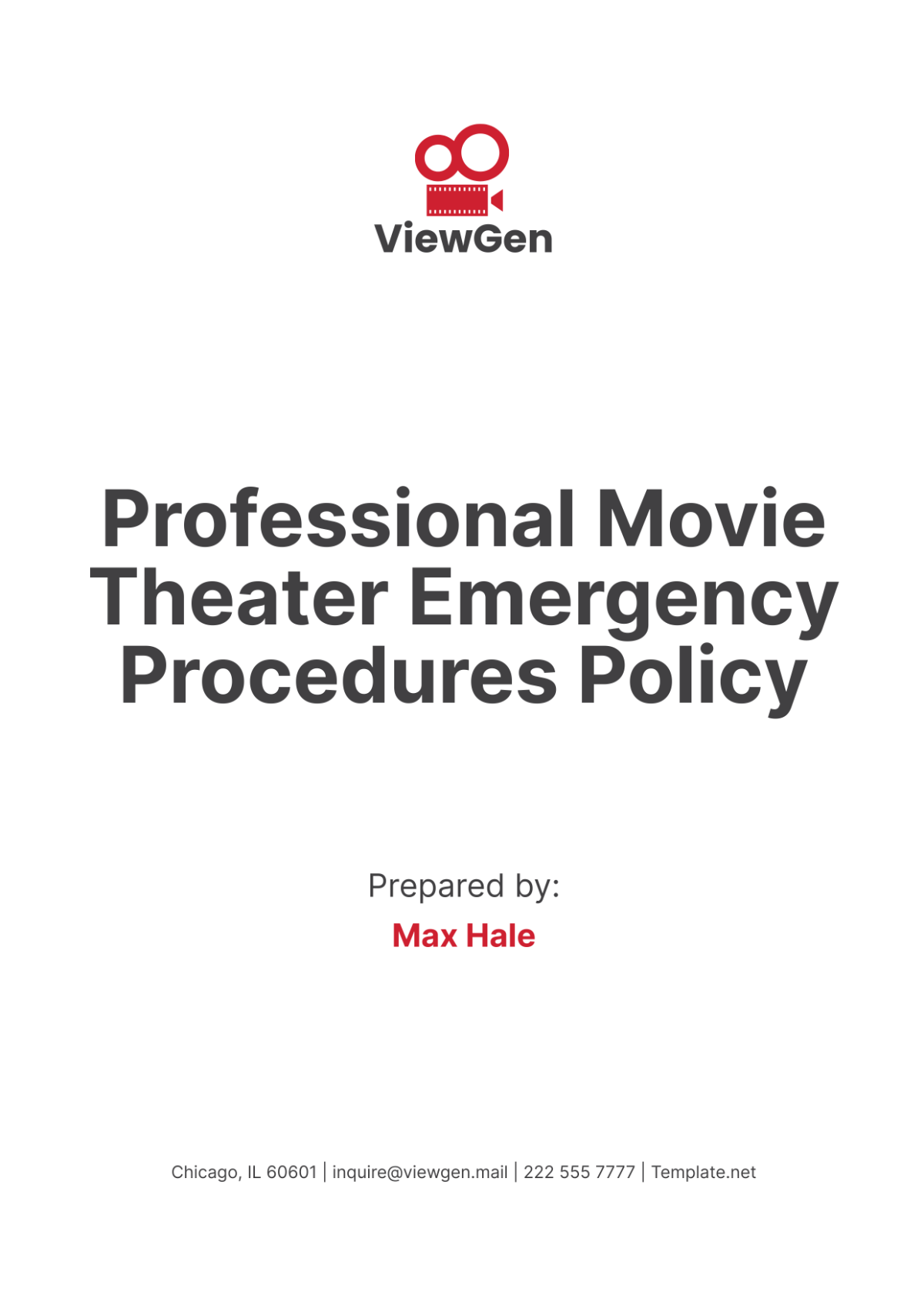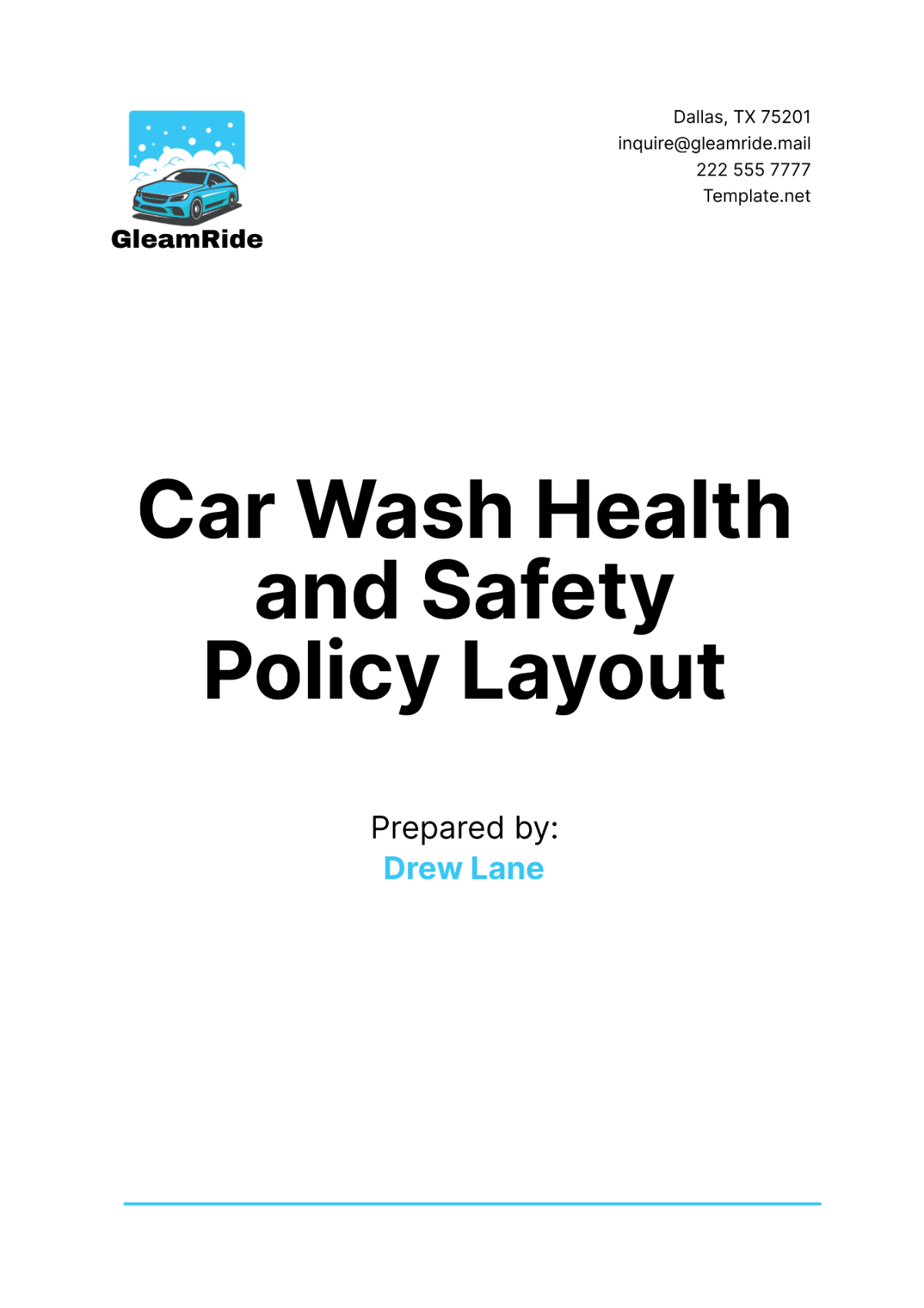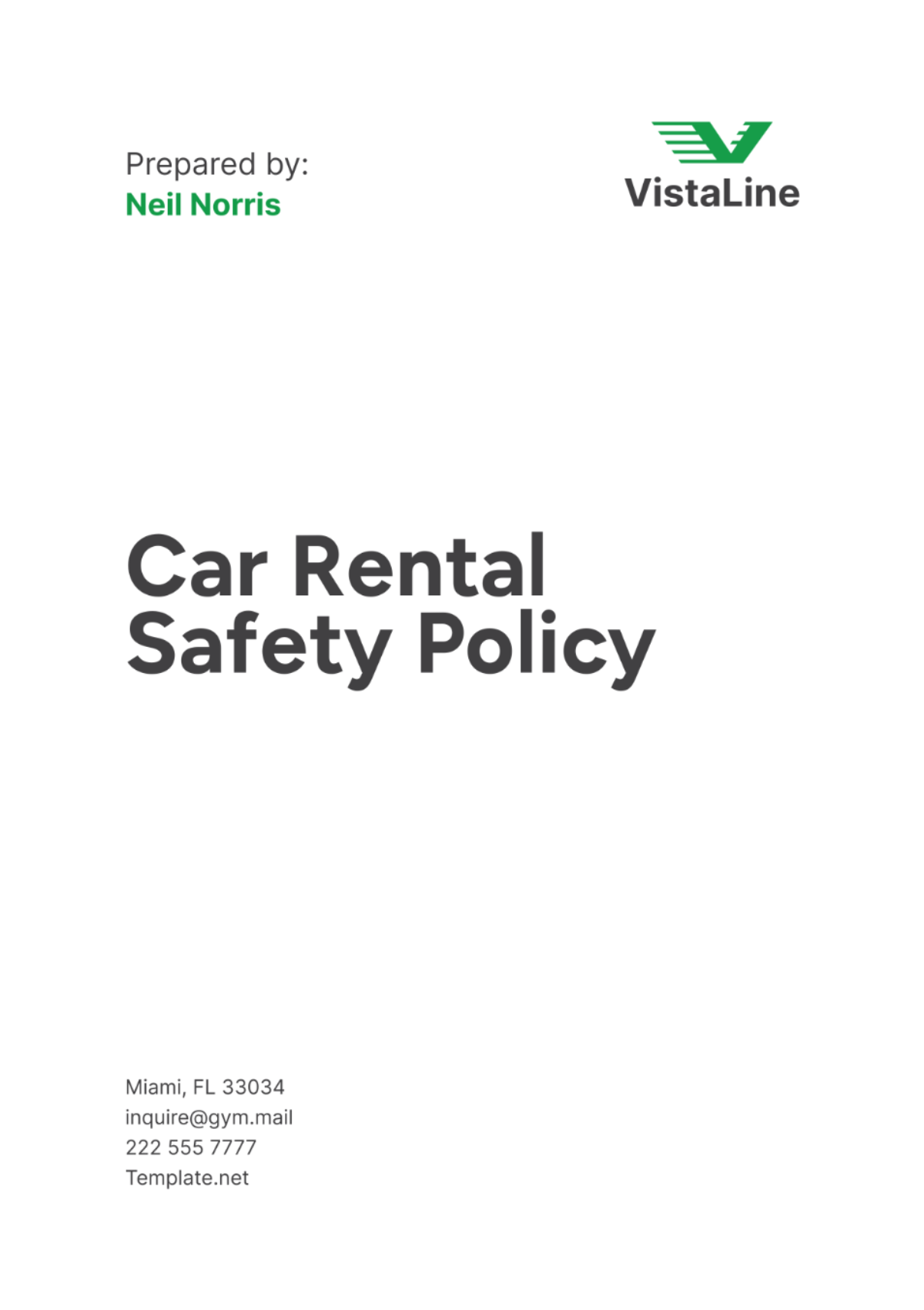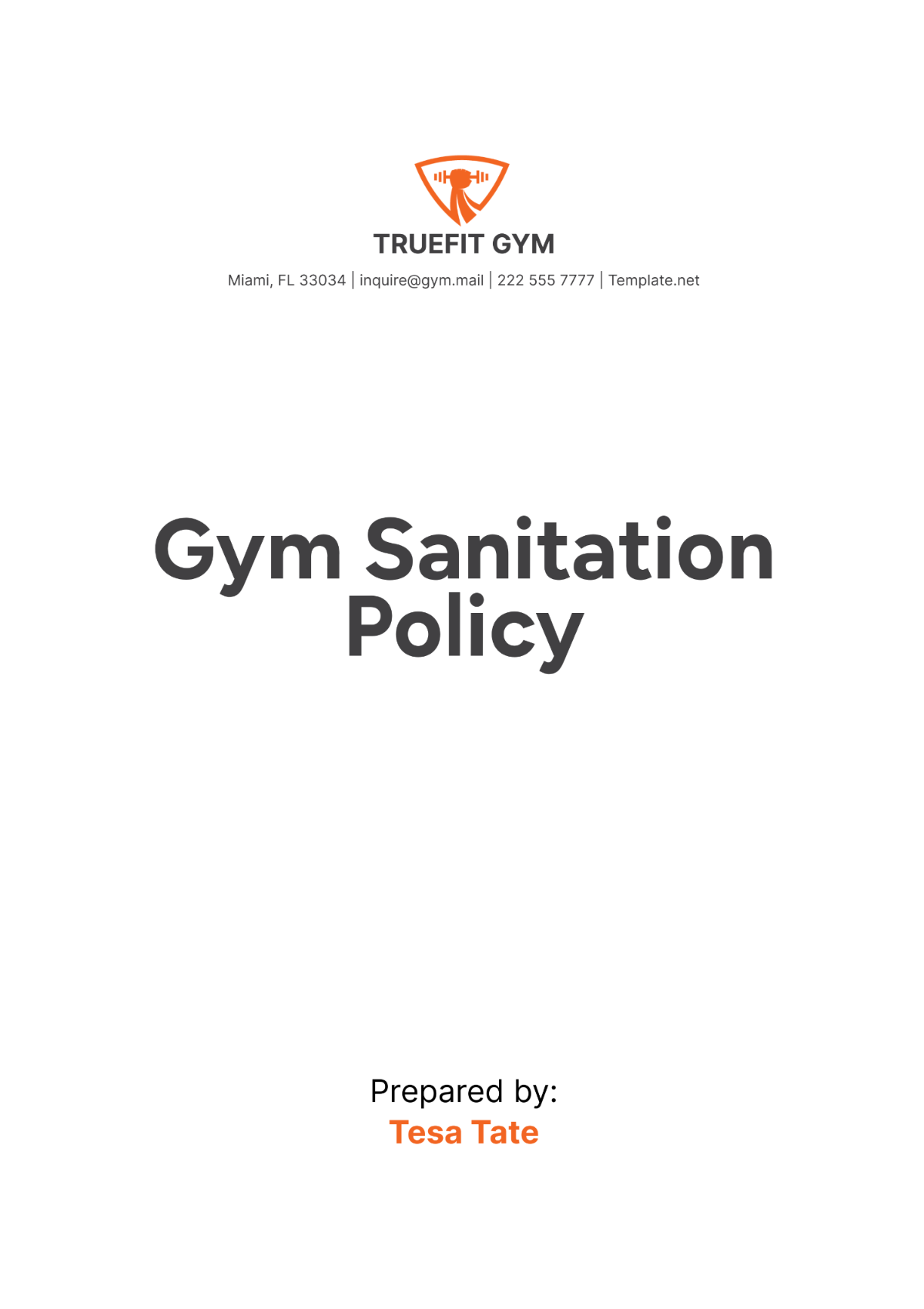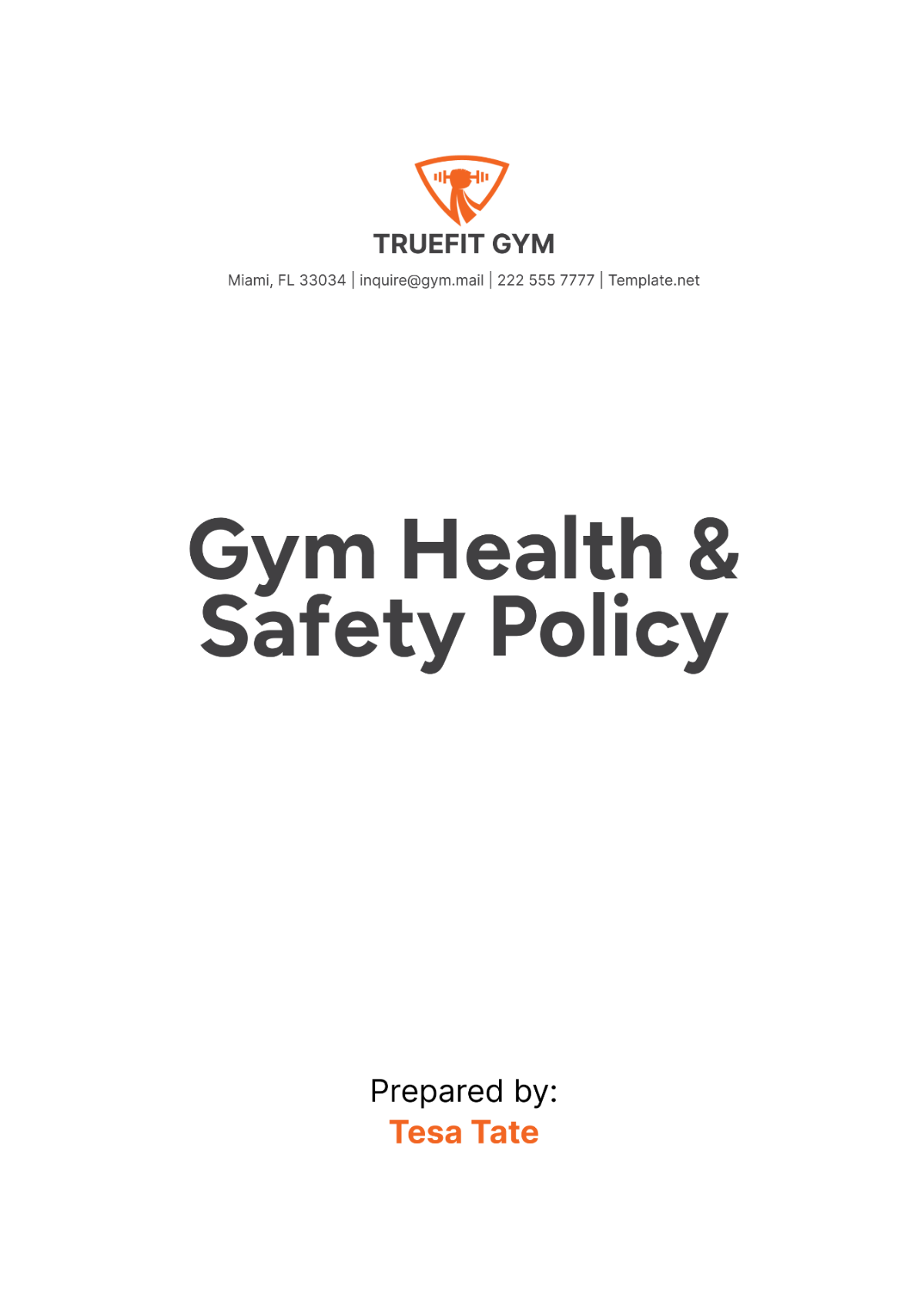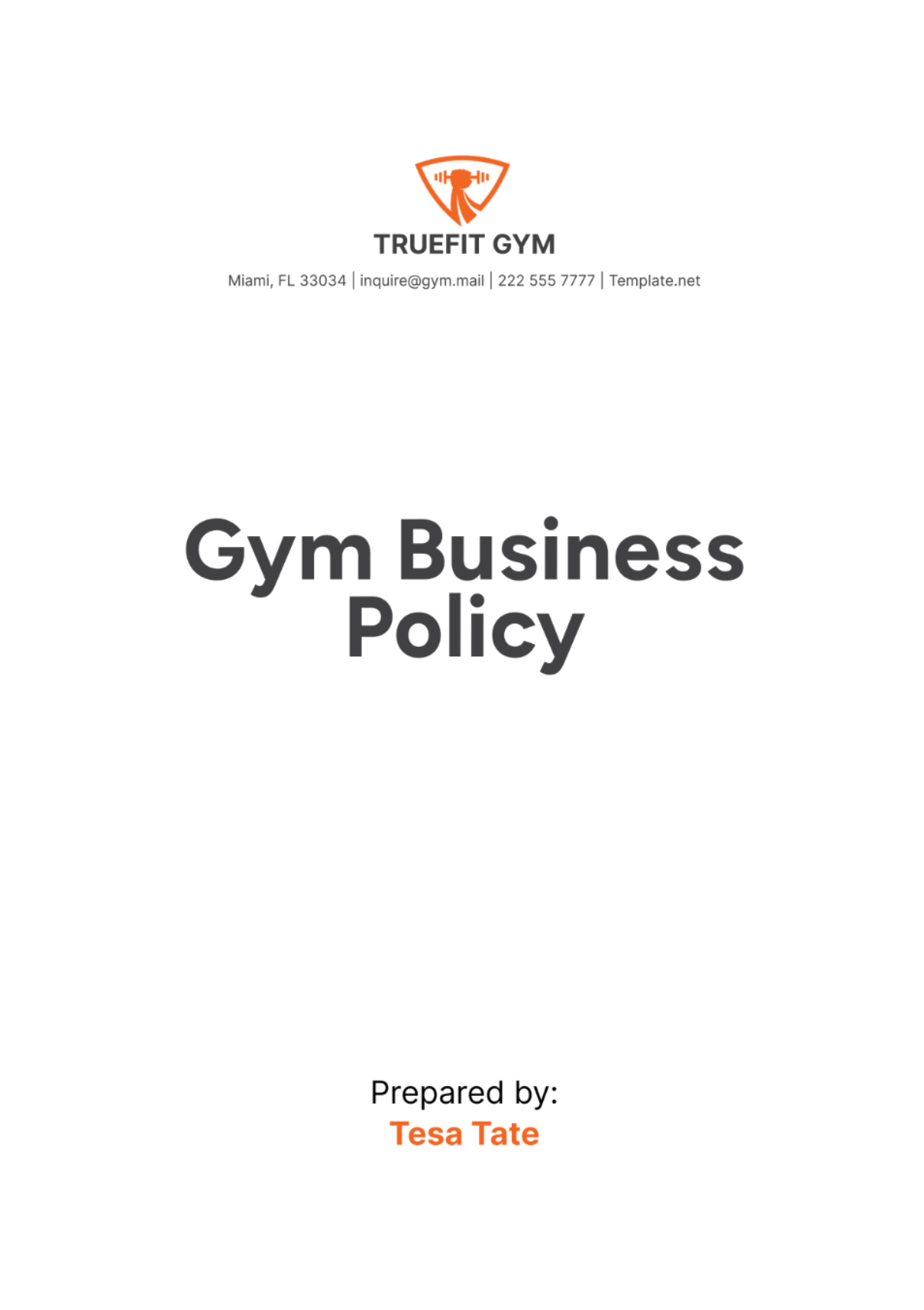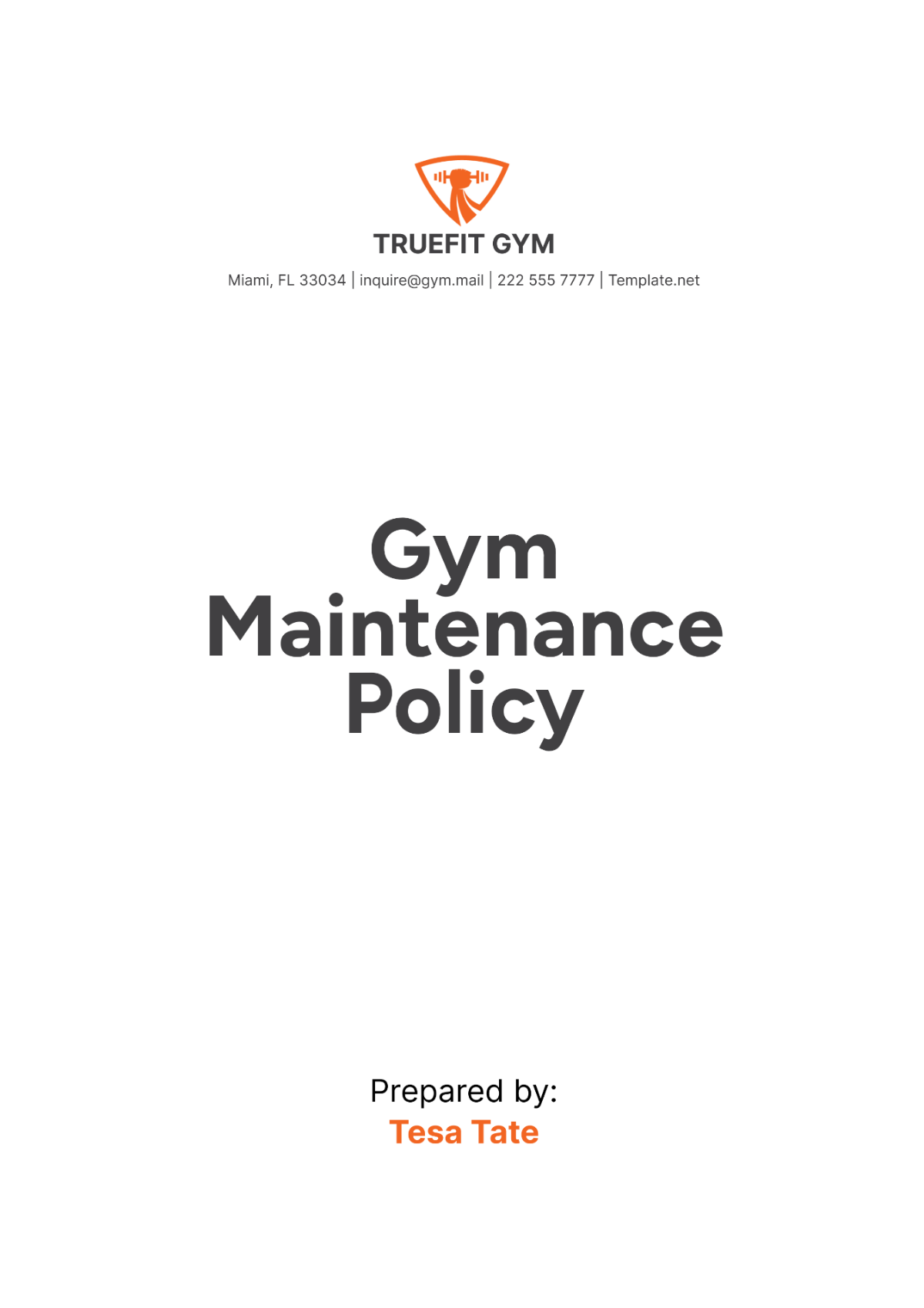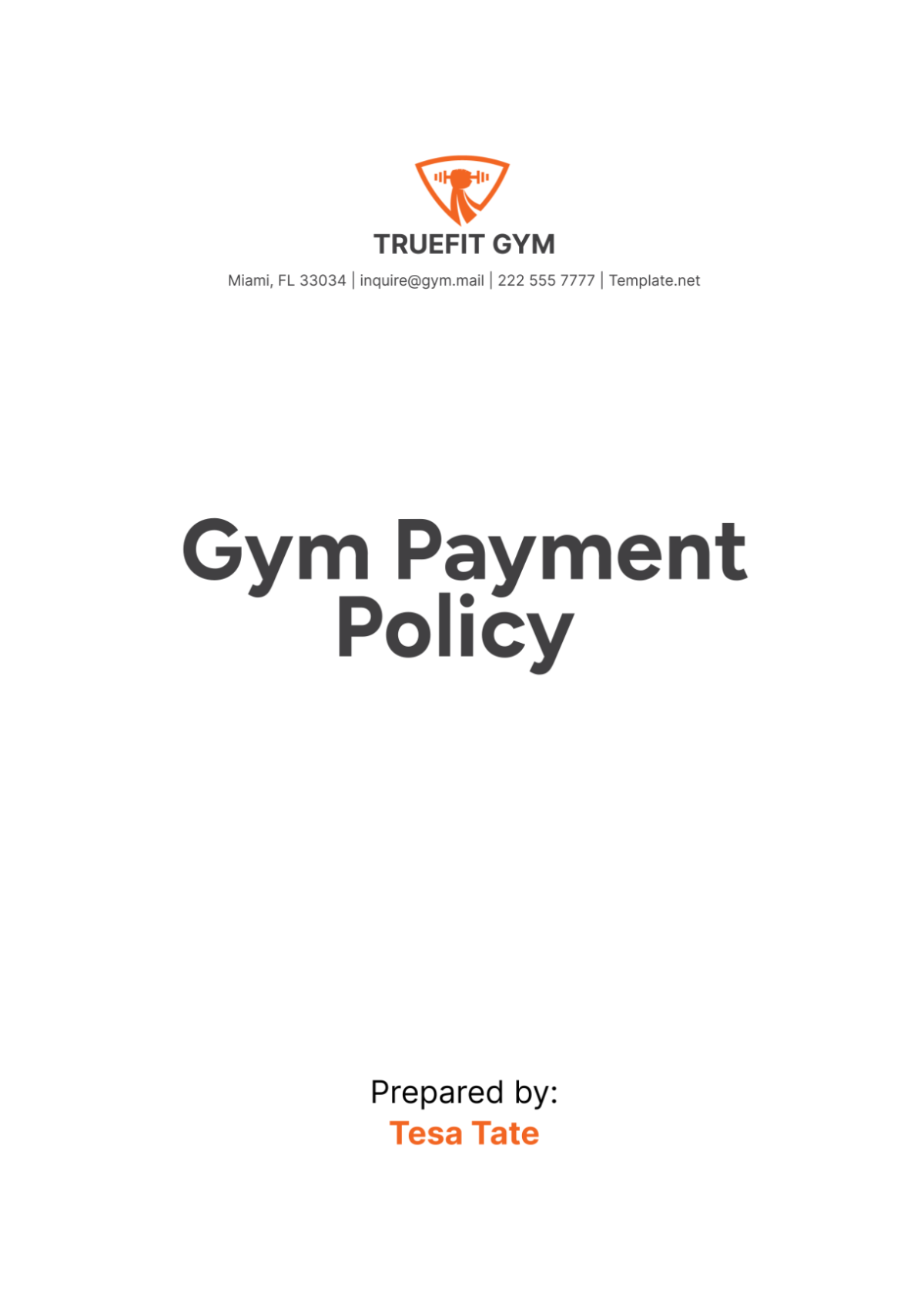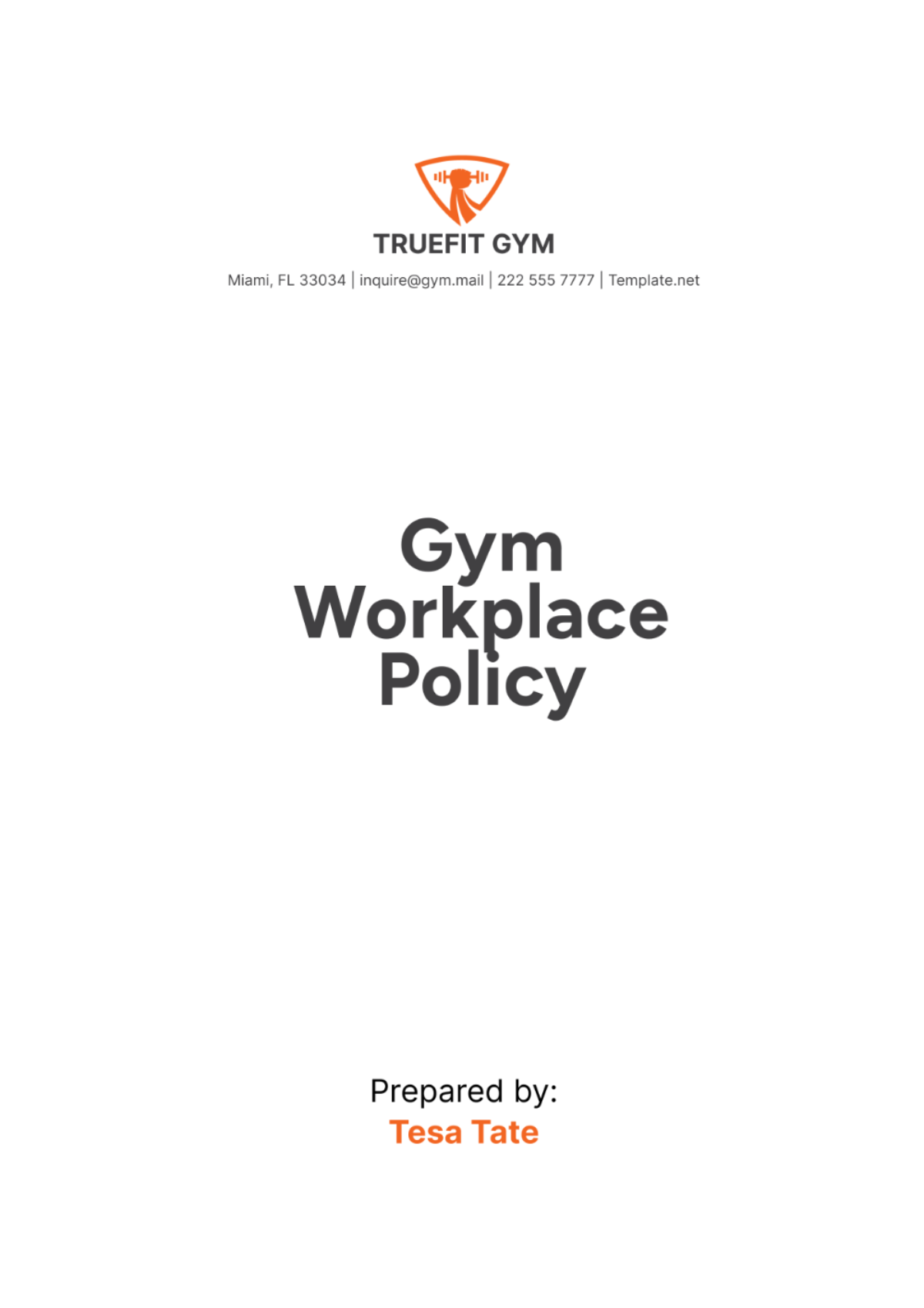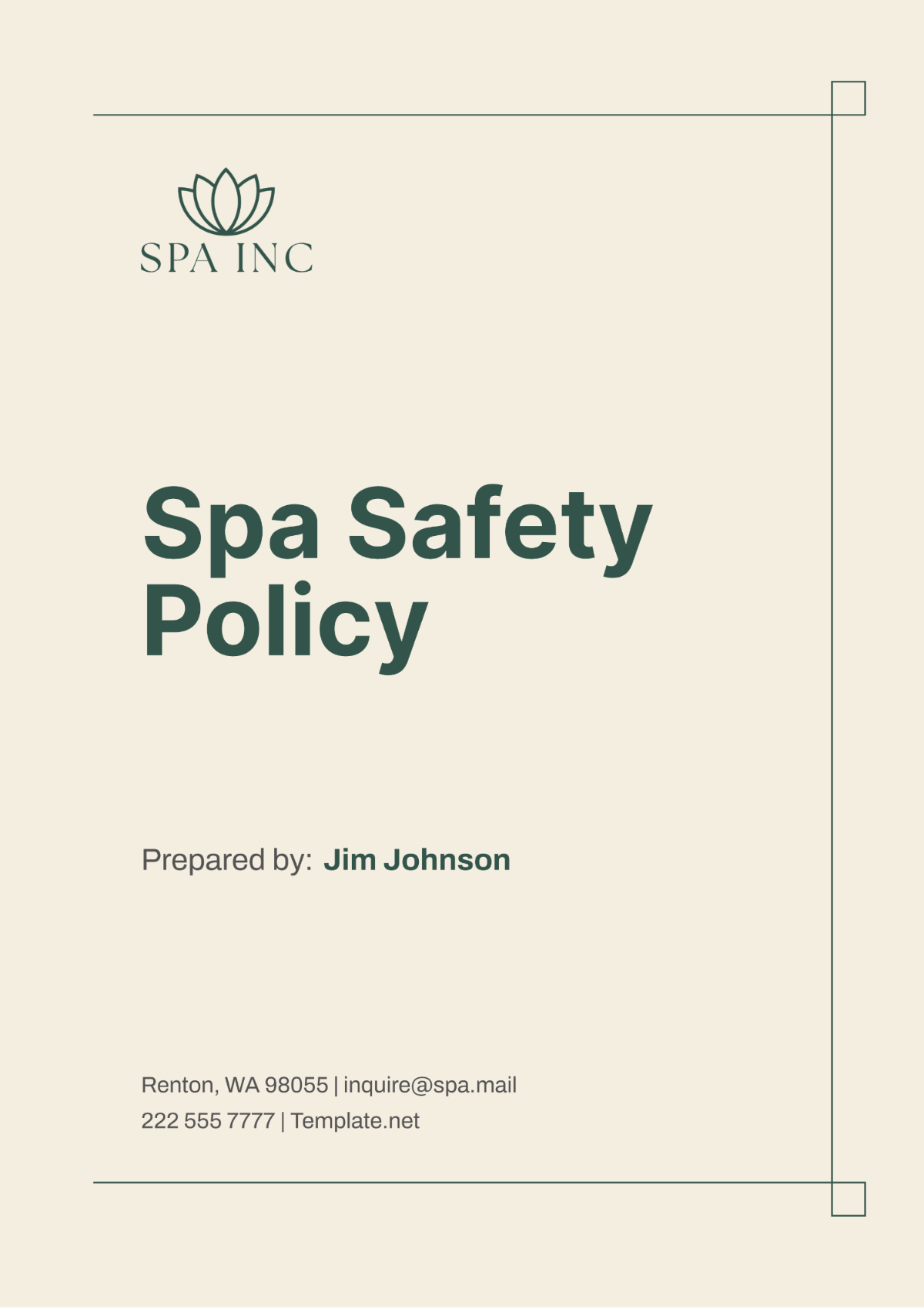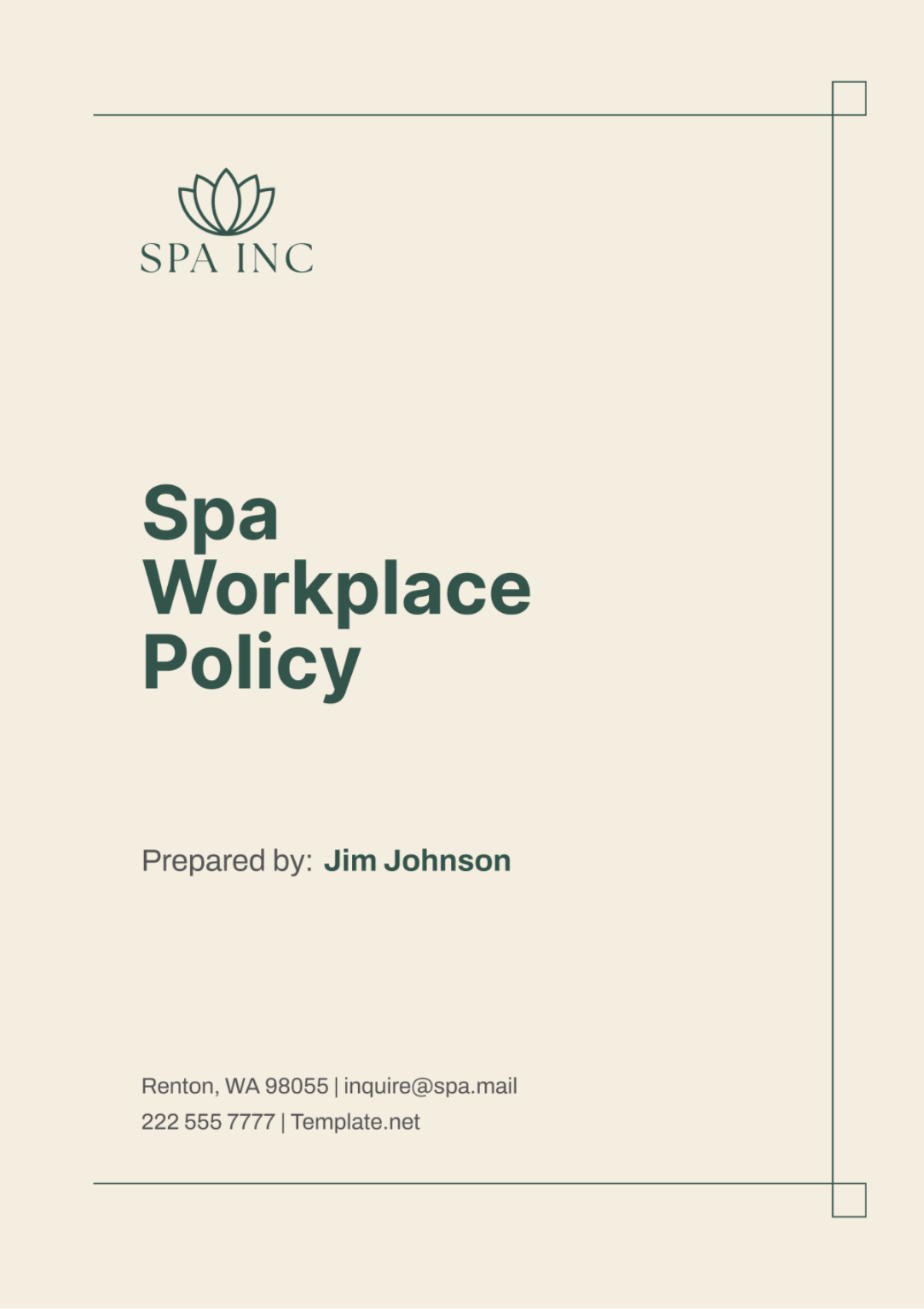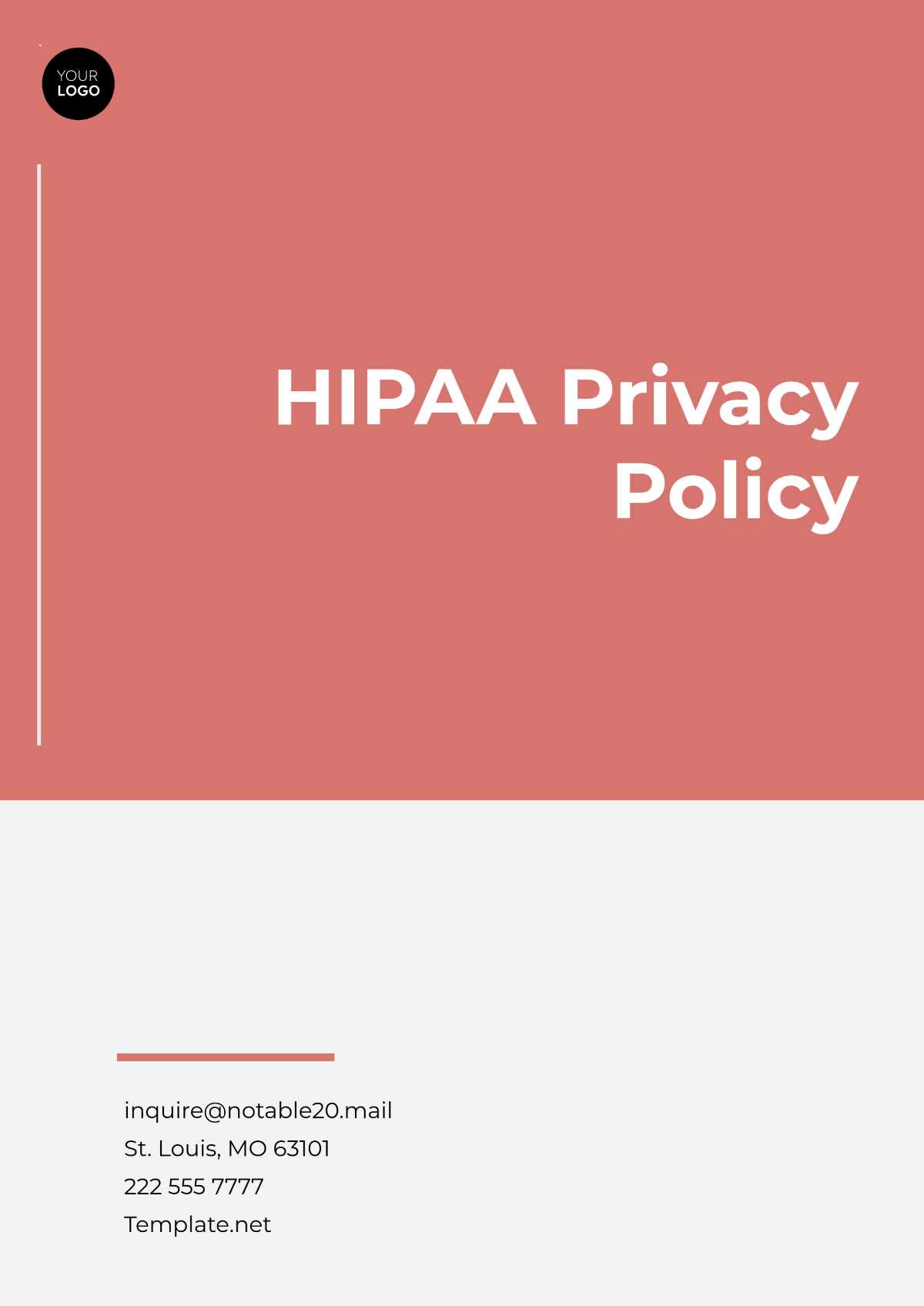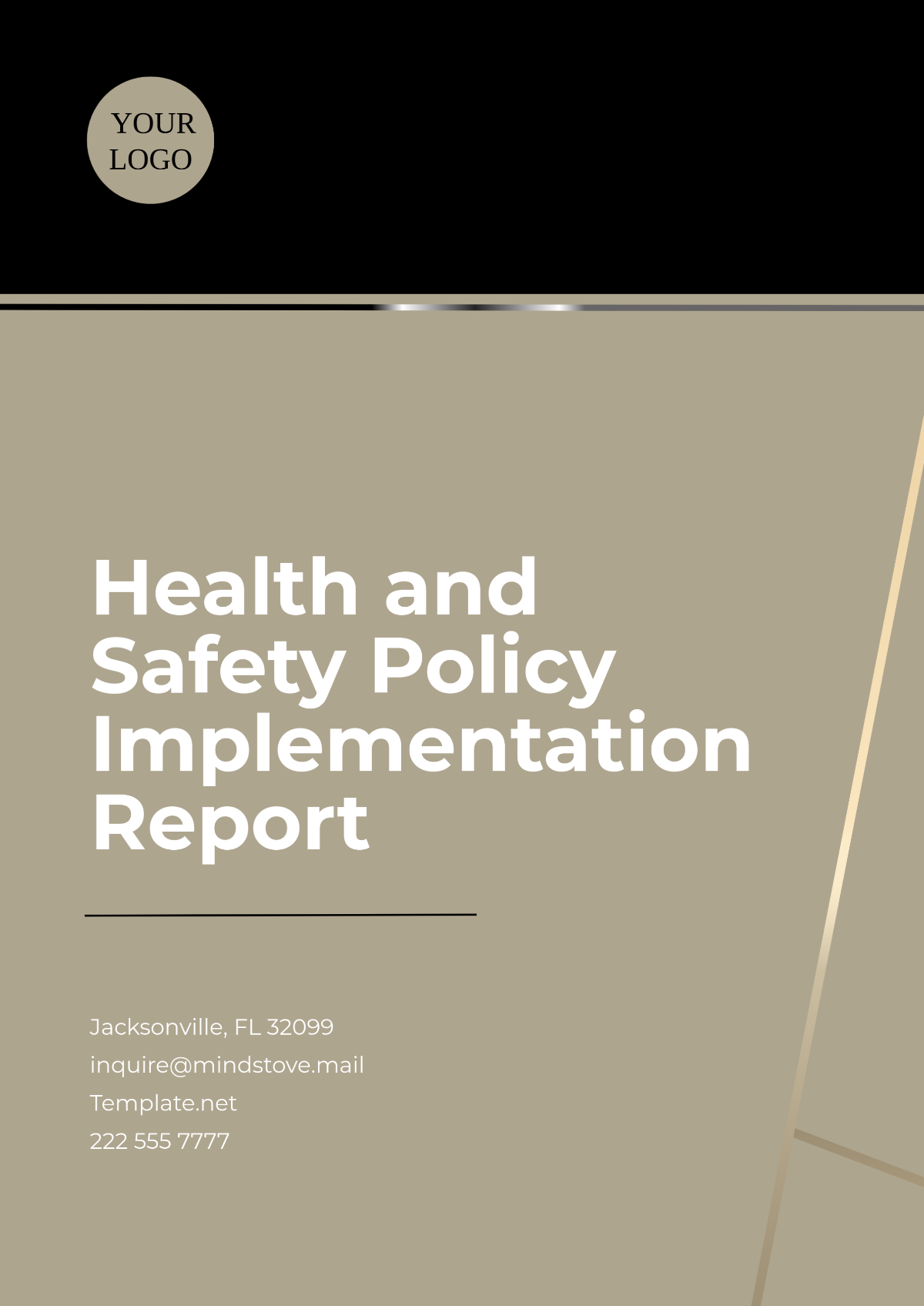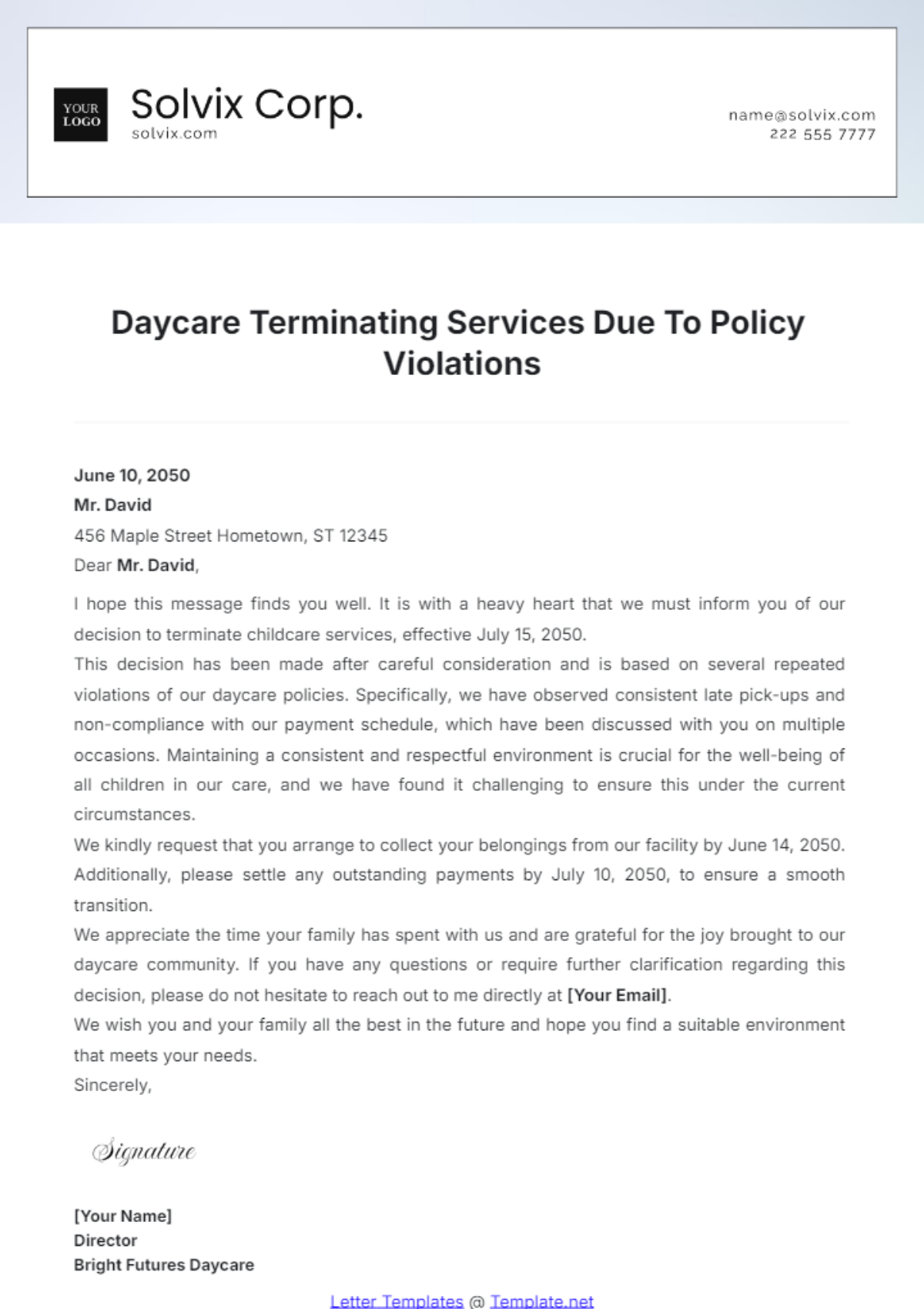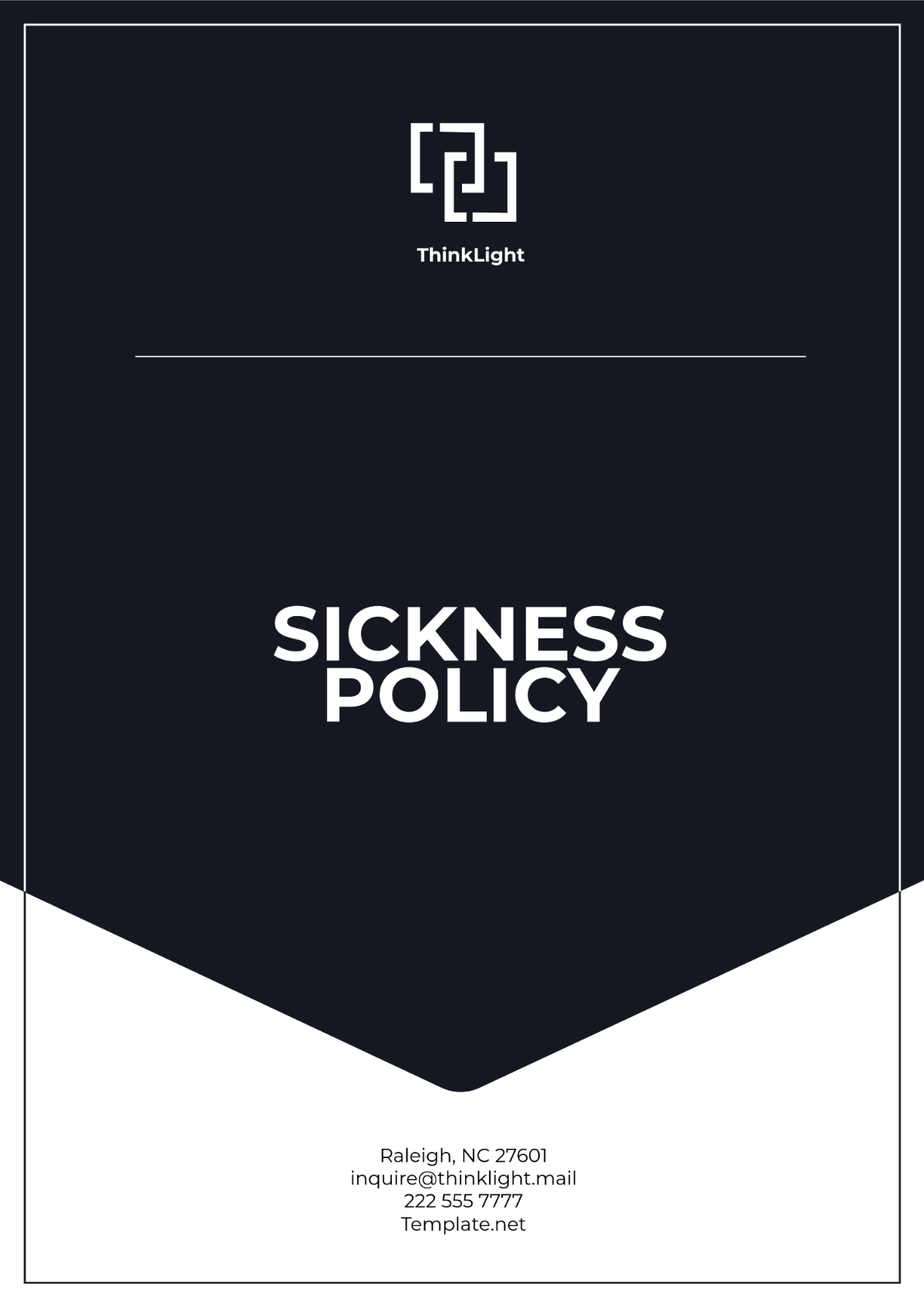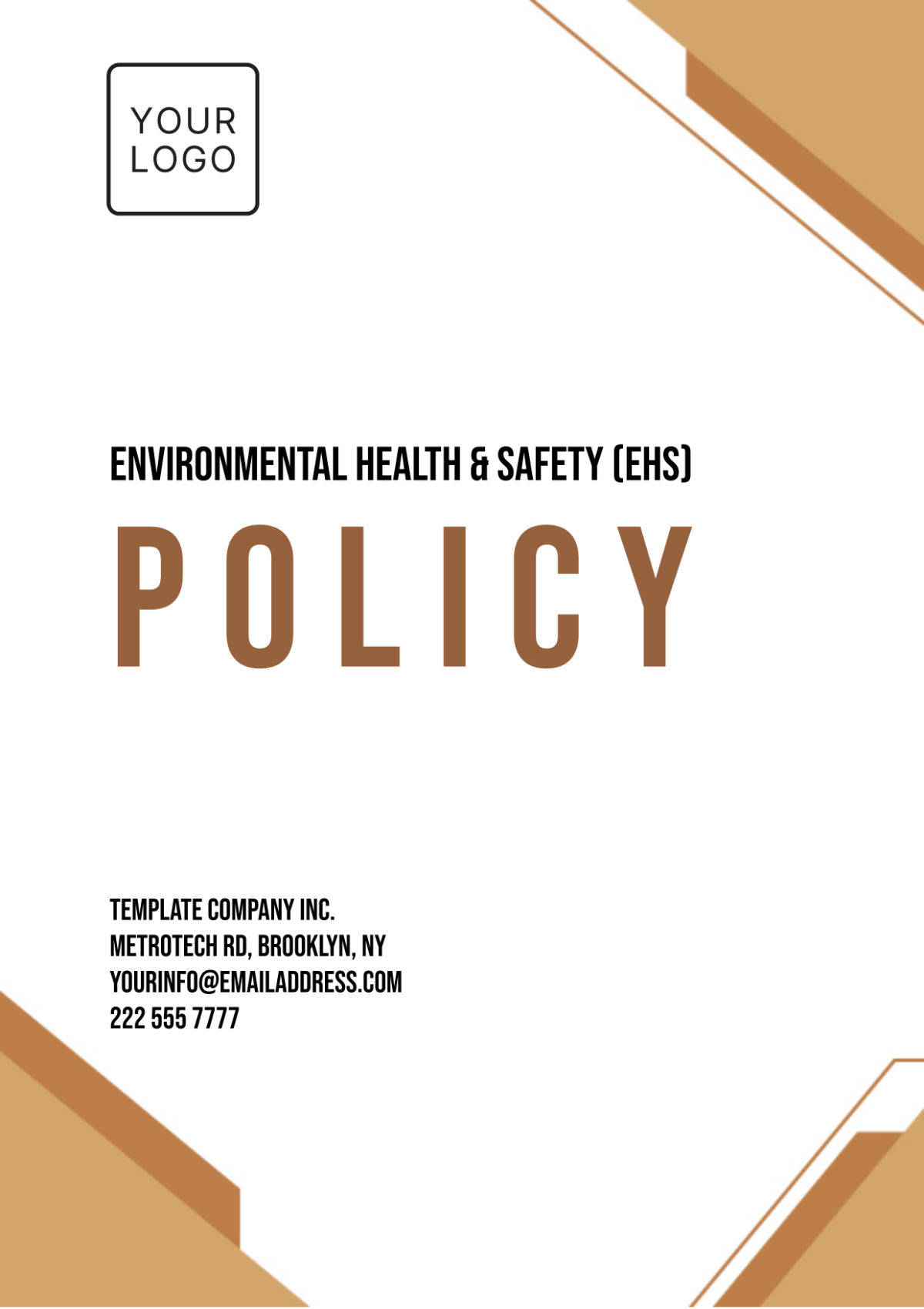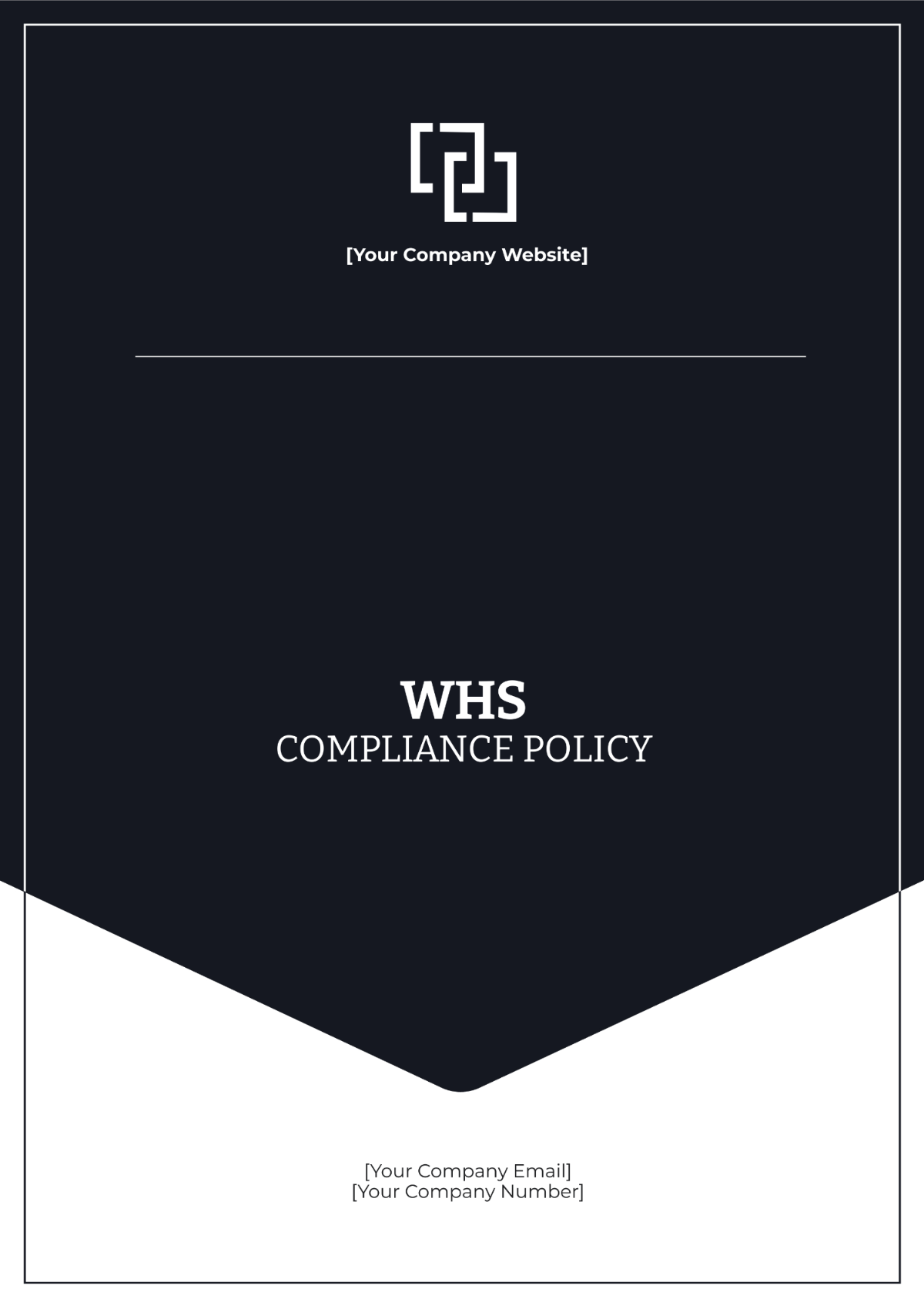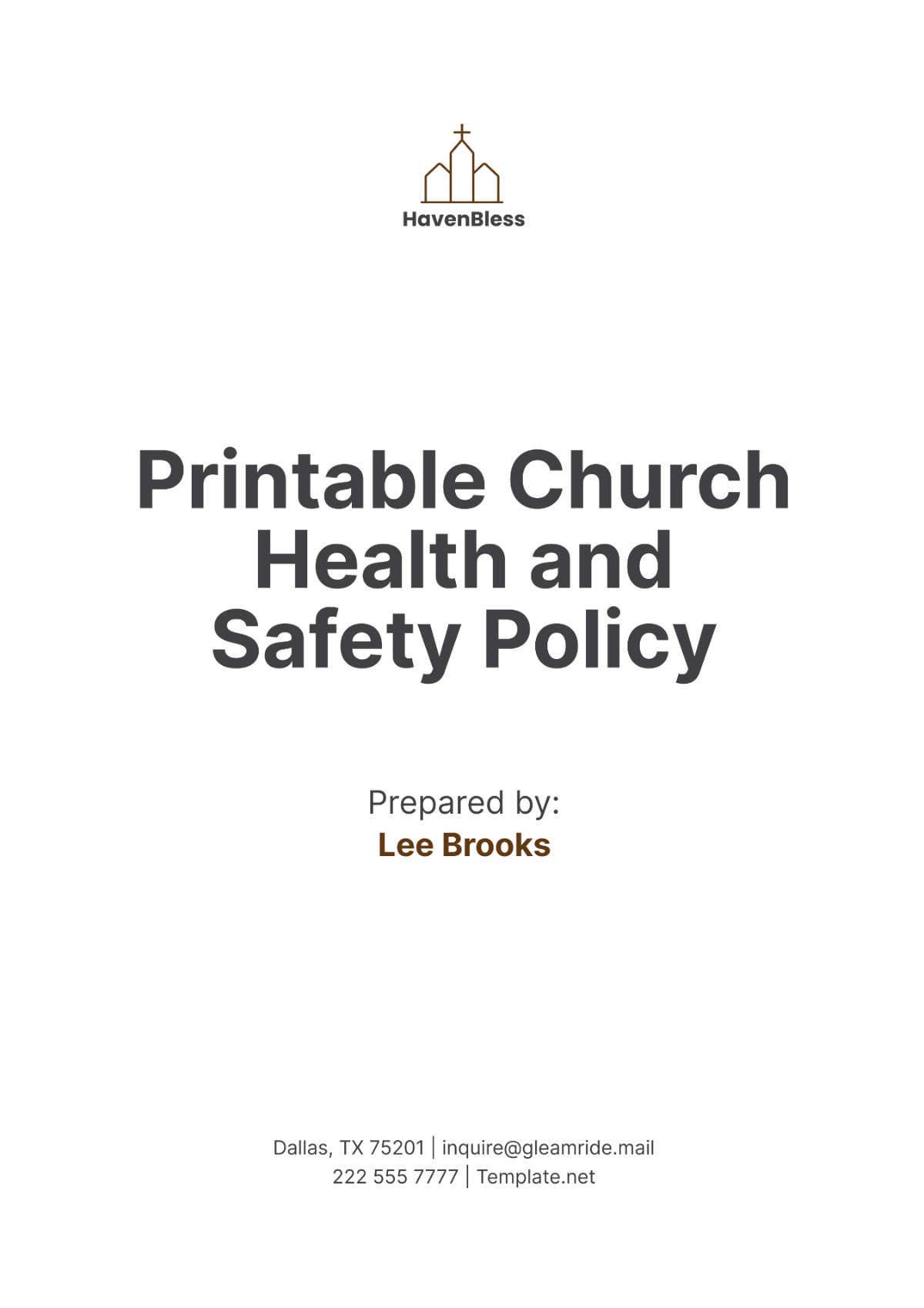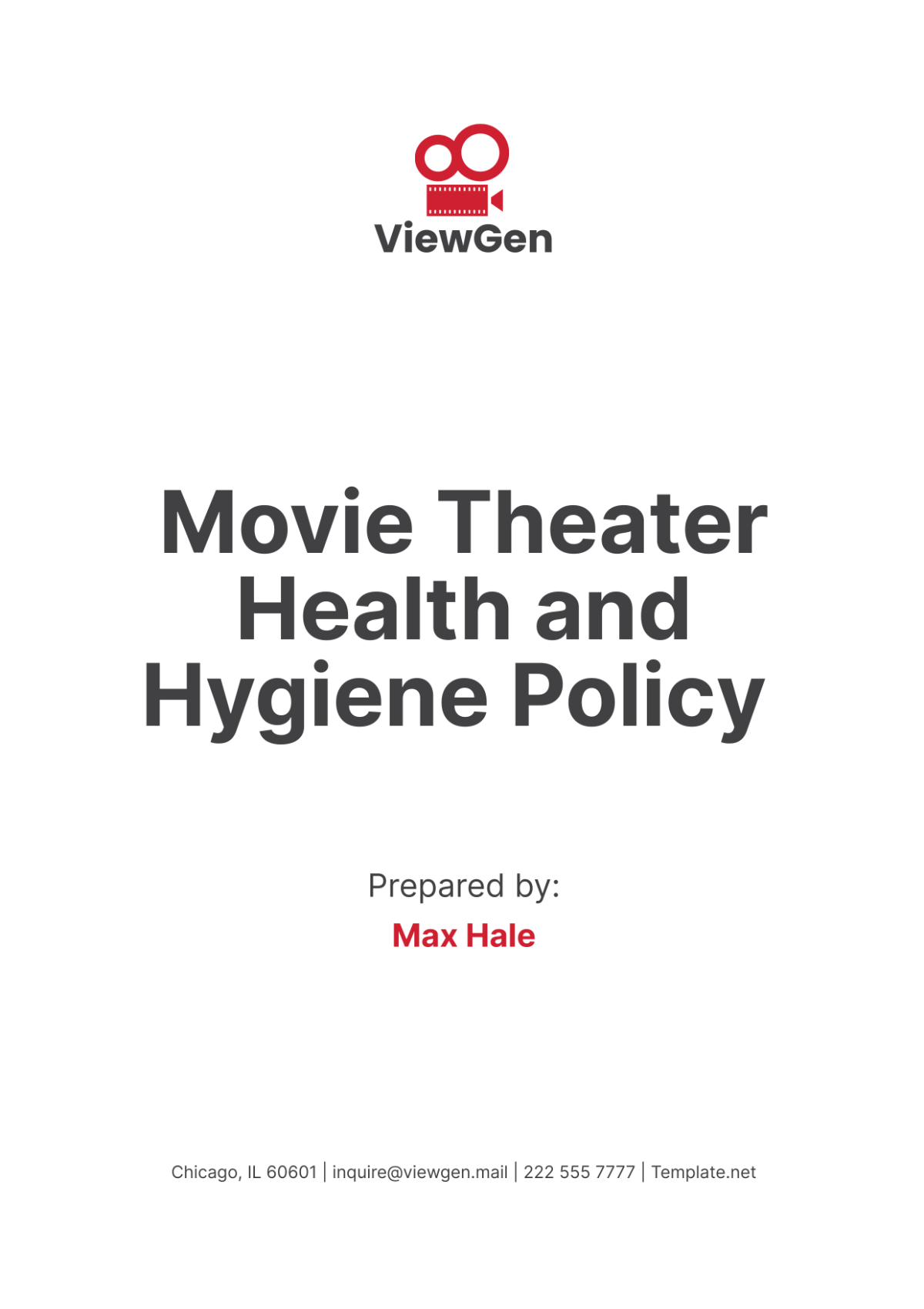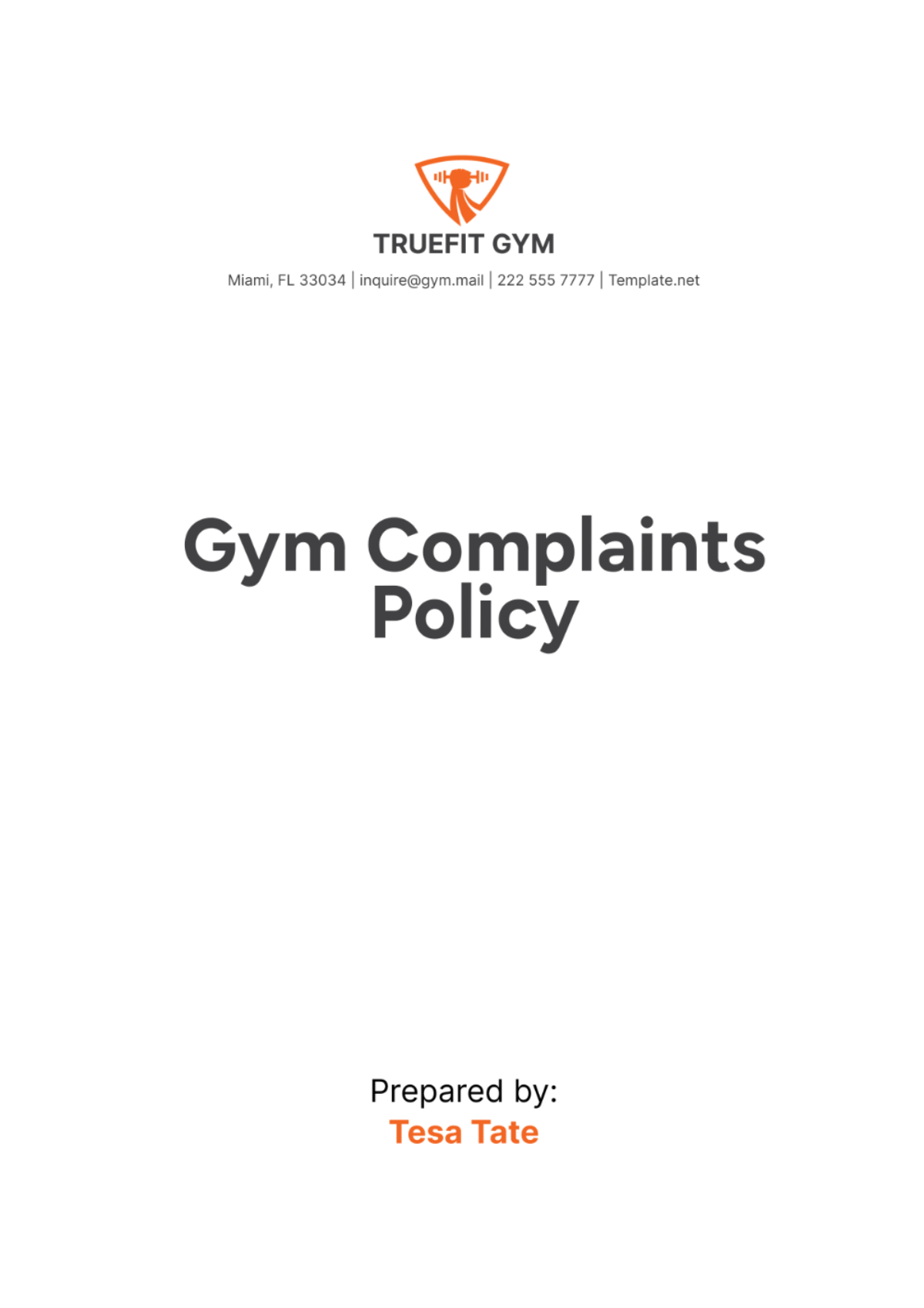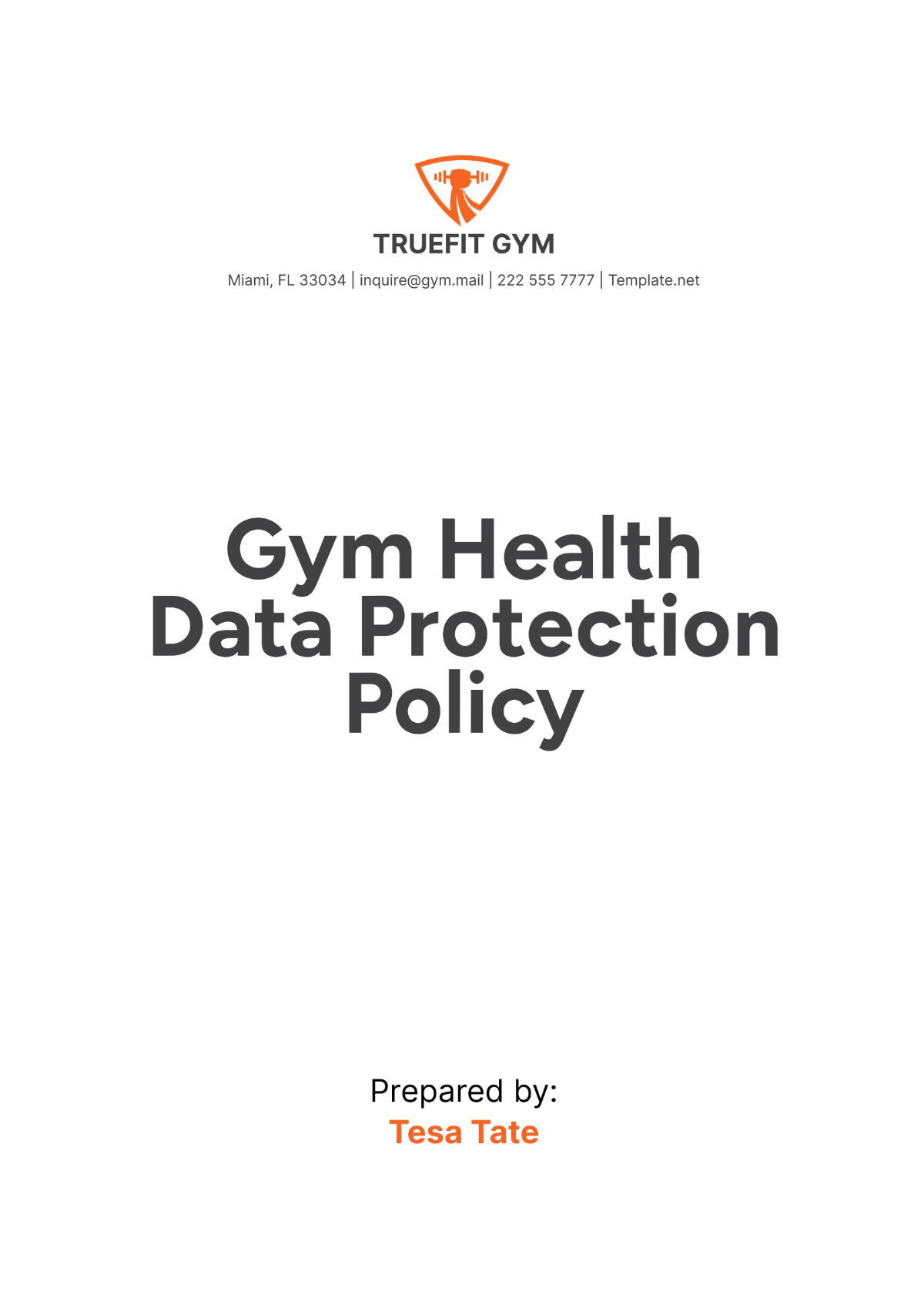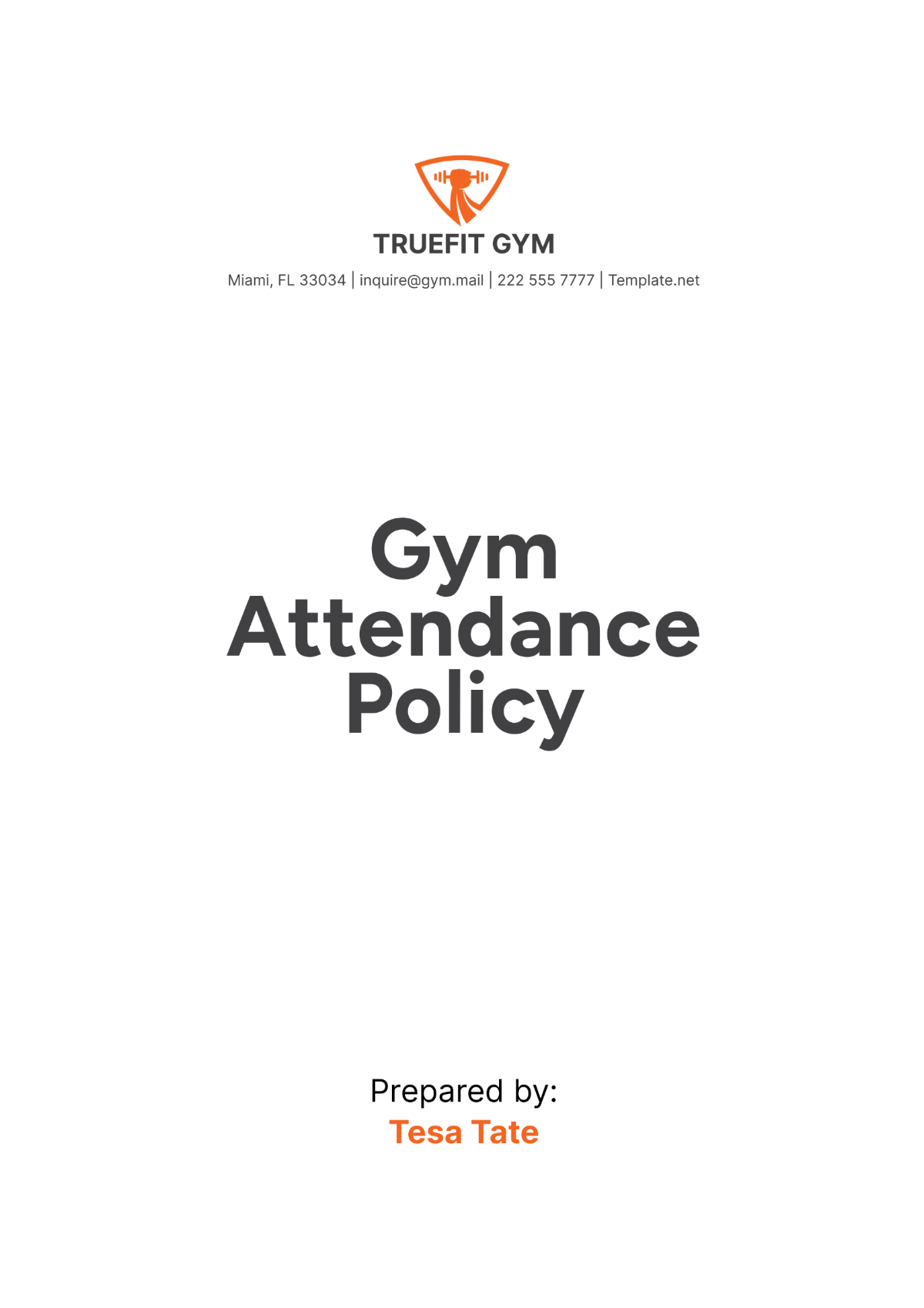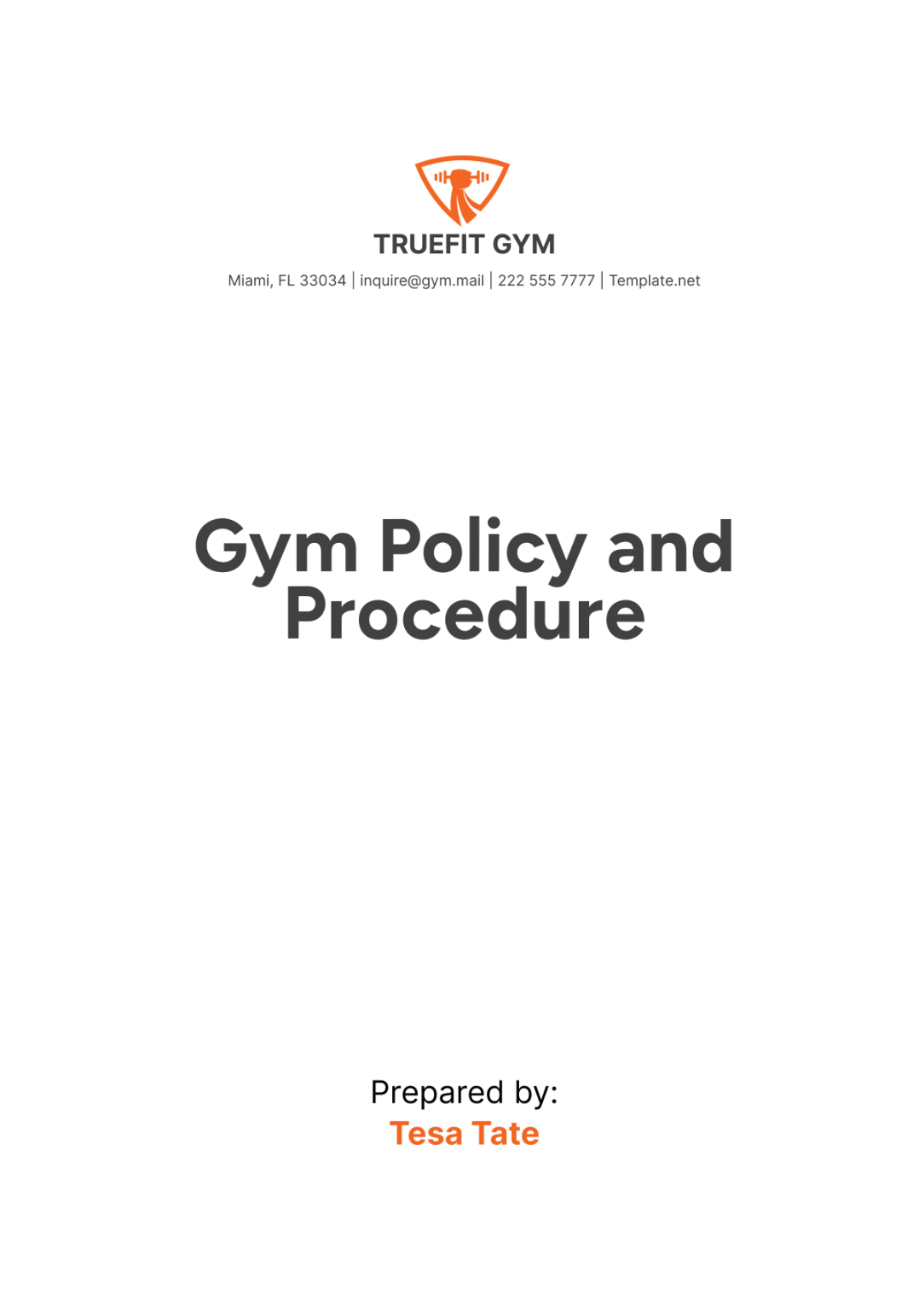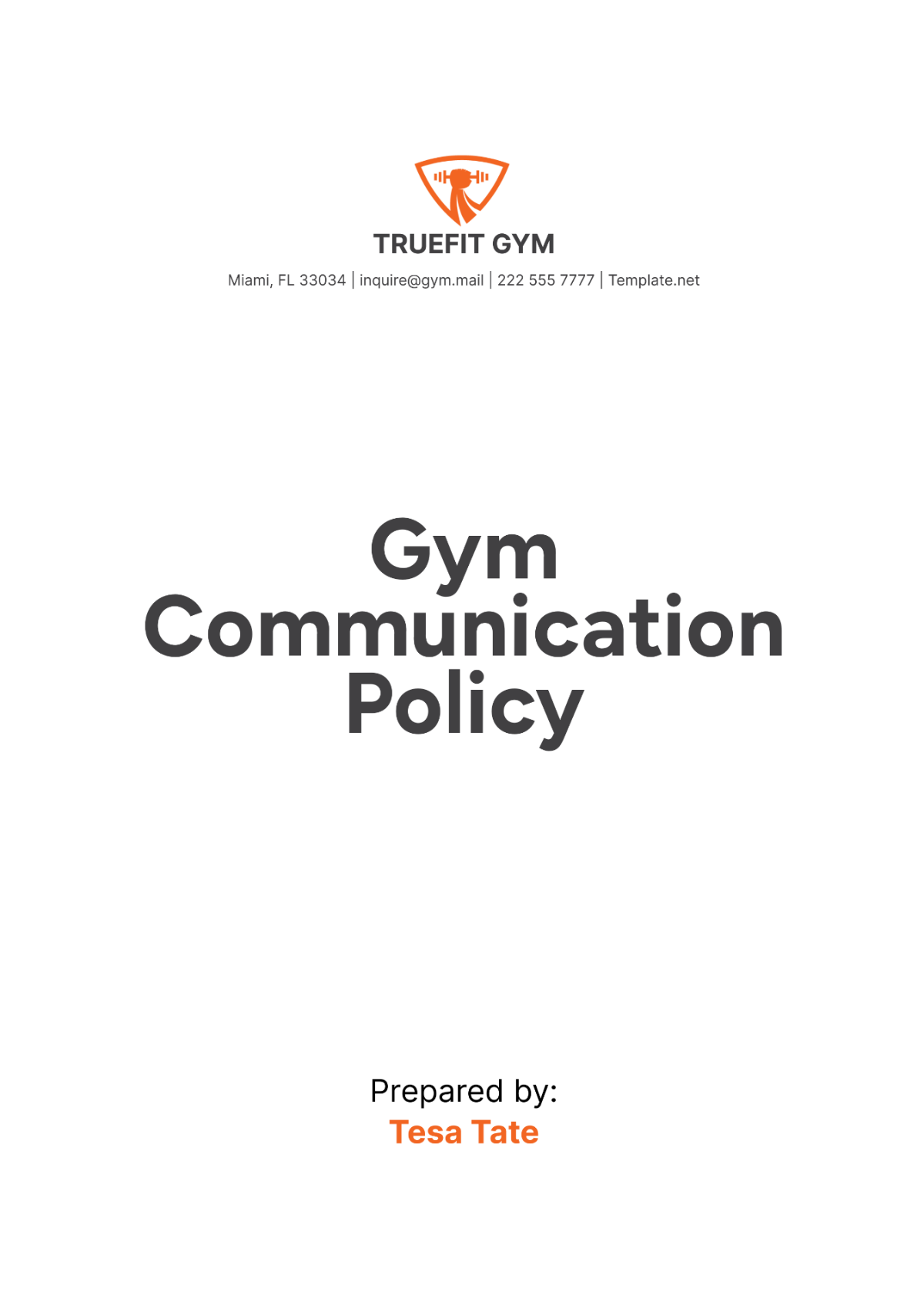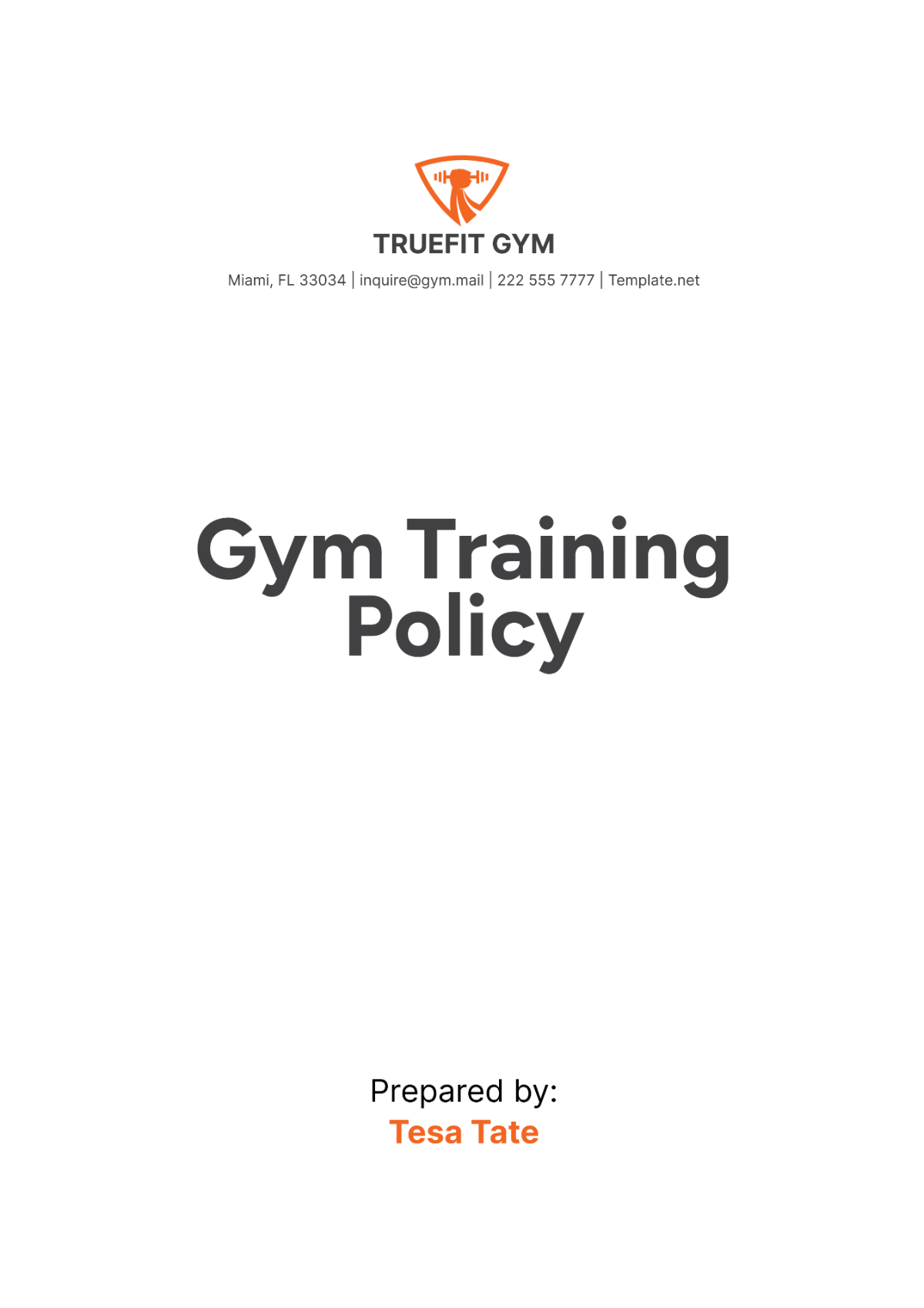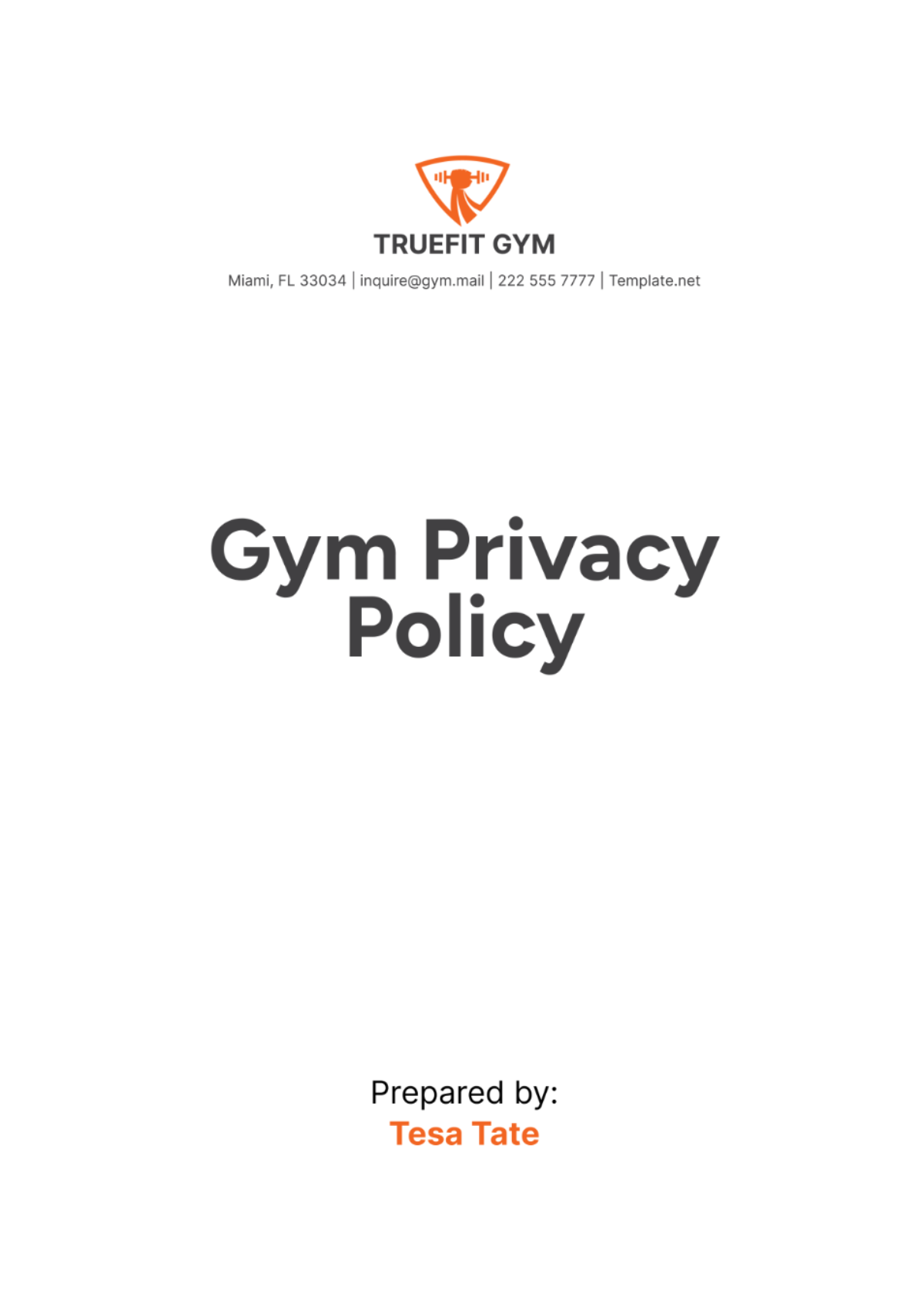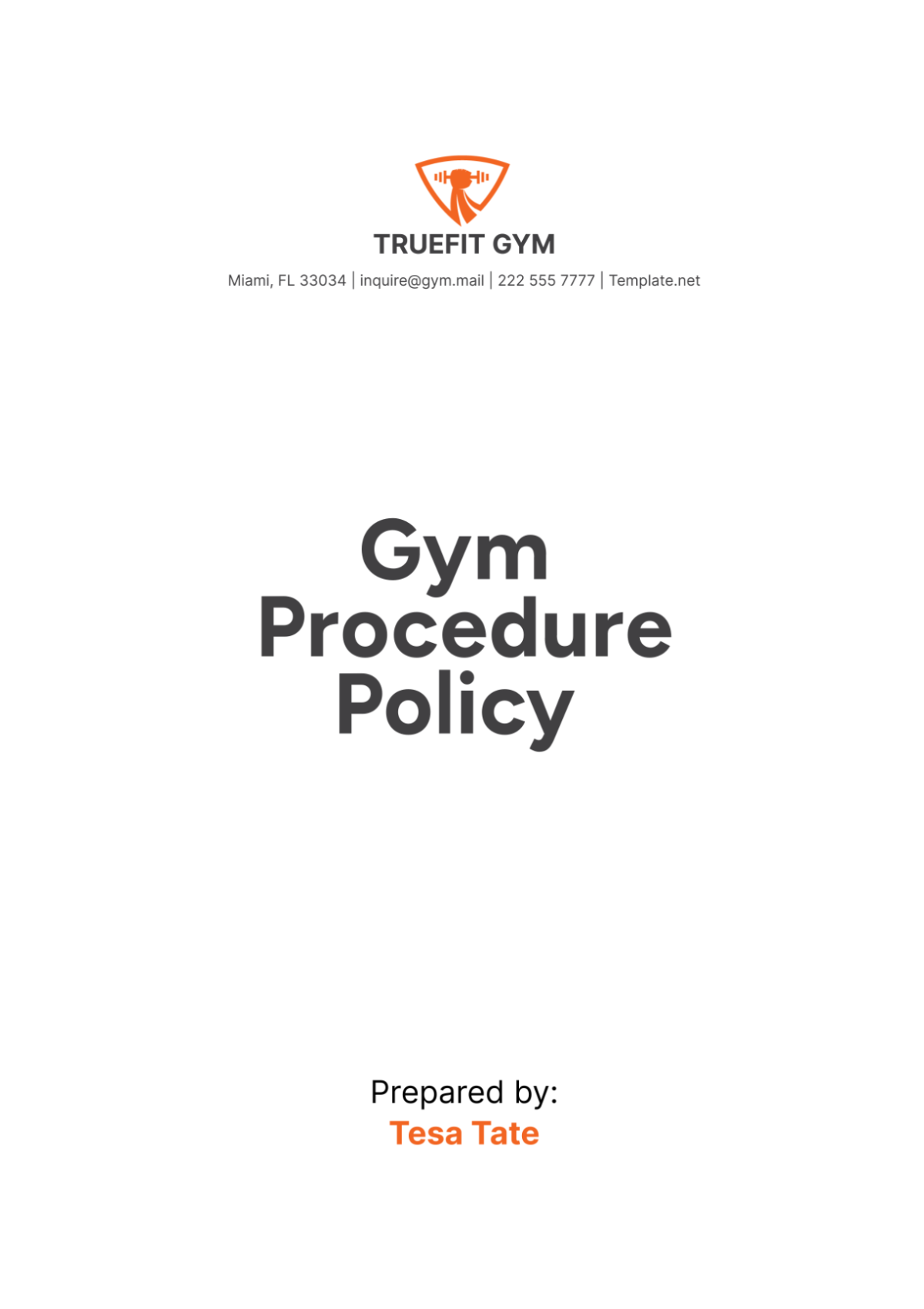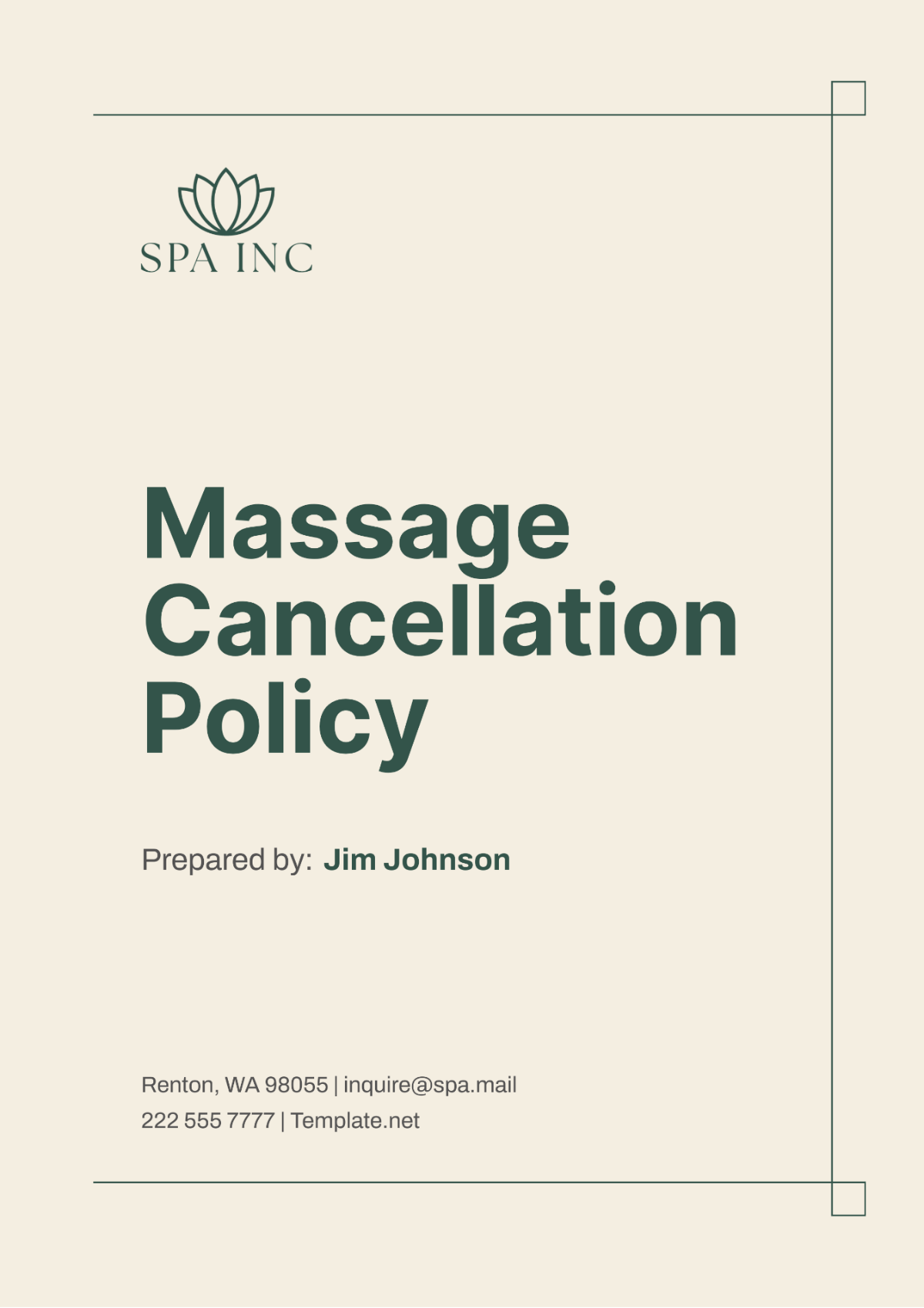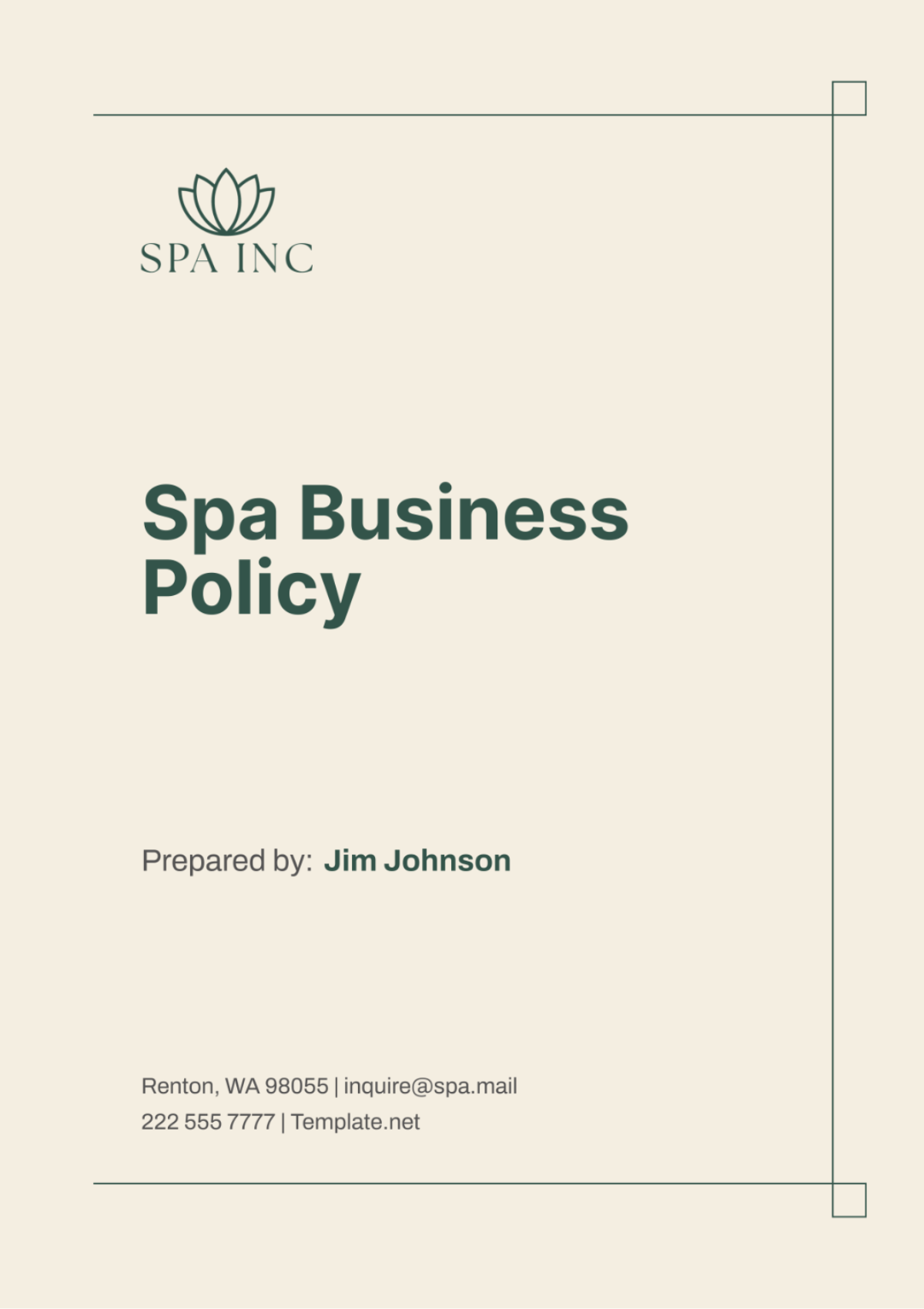Health & Safety Training Policy & Procedure
Introduction
Purpose and Objectives
The primary purpose of this policy is to establish a standardized approach to Health & Safety training for all employees at [Your Company Name]. This policy aims to ensure that all staff are well-informed and equipped with the necessary skills and knowledge to maintain a safe working environment, thereby reducing the risk of workplace accidents and injuries.
Policy Statement
[Your Company Name] is committed to providing a safe and healthy work environment for all employees. This commitment is upheld through the implementation of a comprehensive Health & Safety Training Program. The program is designed to educate employees on best practices in workplace safety, emergency response, and health preservation.
Scope of Training
Applicability
This policy applies to all employees of [Your Company Name], including full-time, part-time, temporary staff, and contractors. The scope of training varies based on the specific requirements of each job role and the associated risks.
Training Areas
Training Area | Description | Target Audience |
General Safety | Covers basic workplace safety principles and practices. | All Employees |
Emergency Procedures | Training on how to respond to various emergency scenarios. | All Employees, with specific modules for emergency response teams |
Equipment Handling | Safe handling and operation of workplace machinery and tools. | Employees handling or operating machinery |
Occupational Health | Focuses on ergonomics, stress management, and illness prevention. | All Employees, with additional modules for roles with higher health risks |
Environmental Awareness | Educating employees on sustainable practices and environmental protection measures. | All Employees, with specific focus for roles impacting environmental factors |
Training Frequency and Duration
Each training area has a specified frequency and duration tailored to ensure thorough understanding and retention. General Safety and Emergency Procedures are conducted annually for all employees, while specialized training like Equipment Handling is conducted semi-annually or as needed based on job role changes. Occupational Health and Environmental Awareness are integrated into the onboarding process for new employees and revisited every two years.
Customization of Training
The training program is designed to be flexible and adaptable to the evolving needs of the workforce and the organization. Customization options are available for different departments and job roles to address specific risks and requirements.
Training Program Development
Training Needs Assessment
To ensure the effectiveness of the Health & Safety Training Program, [Your Company Name] conducts a systematic Training Needs Assessment (TNA) annually. This assessment involves analyzing job roles, identifying potential hazards, and determining the specific training needs for each department. The TNA process includes:
Job Role Analysis: Evaluating the tasks, equipment, and environment associated with each role.
Hazard Identification: Identifying potential safety risks associated with each job function.
Training Gap Analysis: Comparing current training levels against required safety standards to identify gaps.
Curriculum Development
The development of the training curriculum is a collaborative effort involving Health & Safety experts, department heads, and external consultants. The curriculum is designed to be comprehensive and engaging, with a blend of theoretical knowledge and practical skills. Key elements include:
Core Topics: Essential safety topics that are relevant to all employees.
Role-Specific Modules: Tailored content addressing the unique risks of different job roles.
Learning Materials: Creation of diverse materials such as manuals, videos, and interactive online modules.
Review and Update Process
The training curriculum is reviewed annually to incorporate new safety regulations, industry best practices, and feedback from participants. This ensures that the training remains current, relevant, and effective.
Training Delivery Methods
In-Person Training
In-person training sessions are conducted by qualified trainers and are designed to facilitate interactive learning experiences. These sessions are structured as follows:
Frequency: Scheduled quarterly or as needed, depending on the training area.
Duration: Ranging from half-day workshops to full-day sessions.
Location: Conducted in dedicated training rooms or on-site for practical demonstrations.
Online Modules
Online training modules provide flexibility and are particularly beneficial for foundational knowledge topics. These modules feature:
Accessibility: Available 24/7 on the company’s learning management system (LMS).
Interactivity: Interactive elements like quizzes and simulations to enhance engagement.
Progress Tracking: Automated tracking of employee progress and completion status.
Blended Learning Approach
[Your Company Name] adopts a blended learning approach, combining the strengths of both in-person and online training. This approach ensures that employees receive comprehensive training that caters to different learning styles and scheduling needs.
Trainer-Facilitated Discussions
For topics requiring in-depth discussion, such as emergency procedures and occupational health, trainer-facilitated group discussions are incorporated. These sessions allow for sharing of experiences, questions, and collaborative problem-solving.
Trainer Qualifications and Responsibilities
Qualifications
To ensure high-quality training, [Your Company Name] sets strict criteria for trainers. They must possess:
Relevant academic qualifications (minimum of a Bachelor's degree in Occupational Health, Safety Management, or related field).
Professional certification in Health & Safety (either OSHA or NEBOSH).
A minimum of [five years] of experience in Health & Safety training or related roles.
Excellent communication and interpersonal skills.
Responsibilities
Trainers play a crucial role in the success of the training program. Their responsibilities include:
Content Delivery: Effectively delivering training content in accordance with the curriculum.
Engagement: Engaging participants through interactive and practical training methods.
Assessment: Conducting evaluations to assess the understanding and application of training material.
Feedback: Collecting and responding to feedback for continuous improvement of training sessions.
Record-Keeping: Maintaining accurate records of training sessions and participant progress.
Continuous Professional Development
Trainers are required to engage in continuous professional development to stay abreast of the latest trends and best practices in Health & Safety. This includes attending workshops, seminars, and pursuing advanced certifications.
Employee Participation and Compliance
Mandatory Attendance
Certain training modules, particularly those related to general safety and emergency procedures, are mandatory for all employees. Non-compliance with mandatory training requirements may result in disciplinary action, as it is crucial for maintaining a safe work environment.
Tracking and Compliance
Training Module | Tracking Method | Compliance Monitoring |
General Safety | Electronic attendance tracking | Monthly compliance reports to management |
Emergency Procedures | Sign-in sheets for in-person sessions | Annual review of attendance records |
Equipment Handling | LMS progress tracking | Regular audits of LMS data |
Occupational Health | Quiz scores and completion certificates | Biannual compliance checklists |
Environmental Awareness | Online module completion status | Quarterly environmental compliance meetings |
Incentives for Compliance
To encourage active participation, [Your Company Name] offers incentives for employees who consistently meet or exceed training compliance requirements. These incentives may include recognition awards, priority consideration for promotions, and other benefits.
Support for Employees
The company provides support for employees who face challenges in meeting training requirements. This includes additional training sessions, one-on-one coaching, and flexible scheduling to accommodate various needs.
Training Records and Documentation
Record-Keeping Procedure
[Your Company Name] maintains a systematic approach to record-keeping for all training activities. This ensures transparency and accountability in the training process. Key aspects include:
Documenting Participation: Recording the attendance and participation of employees in each training session.
Performance Records: Keeping track of performance metrics such as quiz scores, practical evaluations, and completion rates.
Updating Employee Profiles: Regularly updating individual employee profiles with their latest training records.
Accessibility
Employees have the right to access their training records at any time. The process for accessing these records is as follows:
Online Access: Employees can view their training history and certifications through the company’s LMS.
Physical Copies: Upon request, HR will provide physical copies of training records.
Confidentiality: Training records are confidential and are only accessible to the employee, HR, and direct supervisors.
Training Documentation Format
Document Type | Format | Purpose | Access |
Attendance Records | Digital/Physical | To verify participation in training sessions | HR Department, Supervisors |
Assessment Results | Digital | To track employee performance and understanding | Employees, HR, Supervisors |
Training Certificates | Digital/Physical | To certify completion of training modules | Employees, HR |
Feedback Forms | Digital/Physical | To gather feedback for improving future sessions | HR, Trainers |
Retention Policy
Training records are retained for a minimum of five years, ensuring compliance with legal and organizational requirements.
Evaluation and Feedback
Training Effectiveness
To continuously improve the Health & Safety Training Program, [Your Company Name] employs various methods to evaluate its effectiveness:
Post-Training Surveys: Gathering immediate feedback from participants regarding the content and delivery of the training.
Performance Metrics: Analyzing assessment results to gauge the understanding and retention of training material.
Incident Rates: Monitoring workplace incident rates to assess the practical impact of training on safety.
Feedback Mechanism
Employees are encouraged to provide feedback on training sessions. The feedback mechanism includes:
Anonymous Online Surveys: Allowing employees to share their thoughts and suggestions without any bias.
Focus Group Discussions: Conducted semi-annually to discuss the training program and gather detailed feedback.
Direct Feedback to HR: Employees can directly contact HR with any concerns or suggestions regarding the training.
Continuous Improvement Process
Based on the feedback and evaluation results, the training program undergoes a continuous improvement process:
Review Meetings: Regular meetings between HR, trainers, and department heads to discuss feedback and performance metrics.
Action Plans: Developing action plans to address identified areas of improvement.
Policy Updates: Making necessary updates to the training policy and curriculum to reflect changes and improvements.
Policy Review and Updates
Review Schedule
[Your Company Name] is committed to maintaining a dynamic and effective Health & Safety Training Program. To this end, the policy is scheduled for a comprehensive review annually. This review process includes:
Assessing Changes in Regulations: Keeping abreast of any changes in local, state, and federal safety regulations.
Industry Best Practices: Evaluating emerging best practices in Health & Safety training within the industry.
Stakeholder Input: Gathering input from employees, management, and external Health & Safety consultants.
Amendment Procedure
Amendments to the policy are made based on the findings of the annual review. The procedure for amendments is as follows:
Proposal of Changes: HR and the Health & Safety department propose changes based on the review outcomes.
Stakeholder Review: Proposed changes are reviewed by key stakeholders, including department heads and employee representatives.
Approval and Implementation: After thorough review and agreement, changes are formally approved by senior management and implemented accordingly.
Communication: All amendments to the policy are communicated to employees through internal memos, meetings, and updates to the company intranet.
All changes to the policy are documented in a policy amendment log, which includes the date of the change, a summary of the amendment, and the rationale behind it.
Conclusion
Commitment to Safety
[Your Company Name] strongly believes in the value of a safe and healthy work environment. This Health & Safety Training Policy & Procedure document is a testament to our commitment to the safety, health, and well-being of our employees. We recognize that an effective training program is essential in fostering a culture of safety and awareness within the organization.
Continuous Improvement
We are dedicated to the continuous improvement of our Health & Safety Training Program. We understand that safety is an ongoing journey, not a destination. We will continue to adapt, refine, and enhance our training efforts to meet the evolving needs of our employees and the workplace.
Partnership with Employees
Our employees are our most valuable asset, and their involvement and cooperation are crucial for the success of this program. We encourage every member of the [Your Company Name] family to actively participate in and contribute to our shared goal of a safe and healthy work environment.
